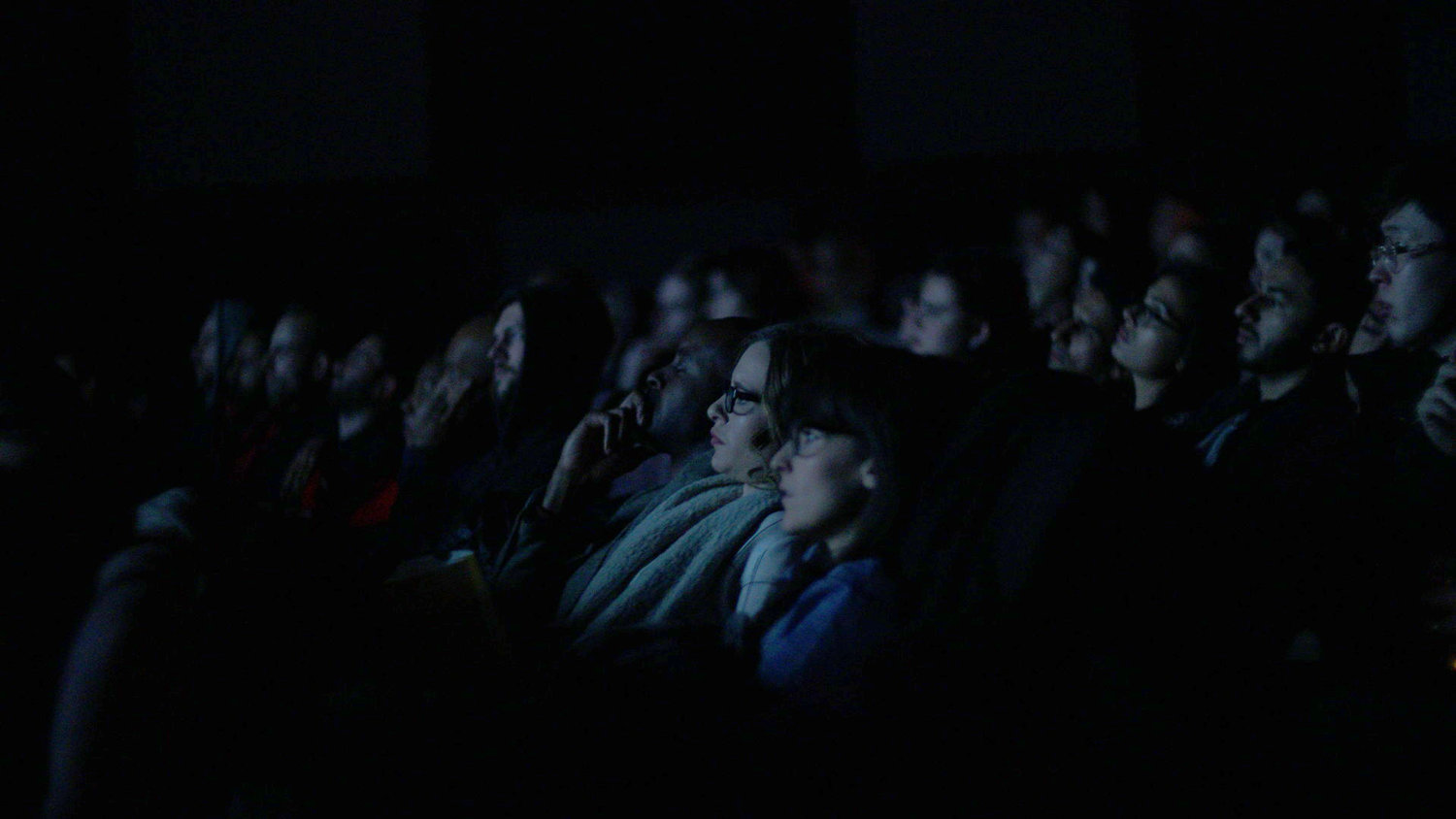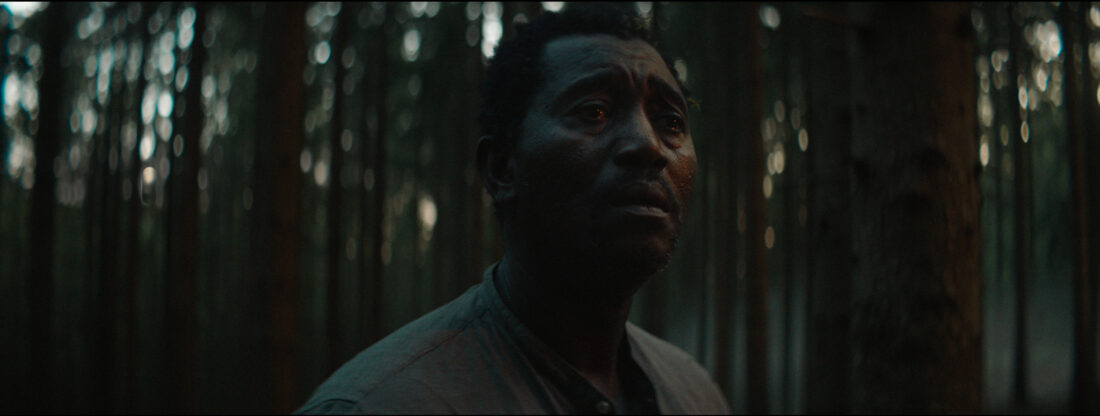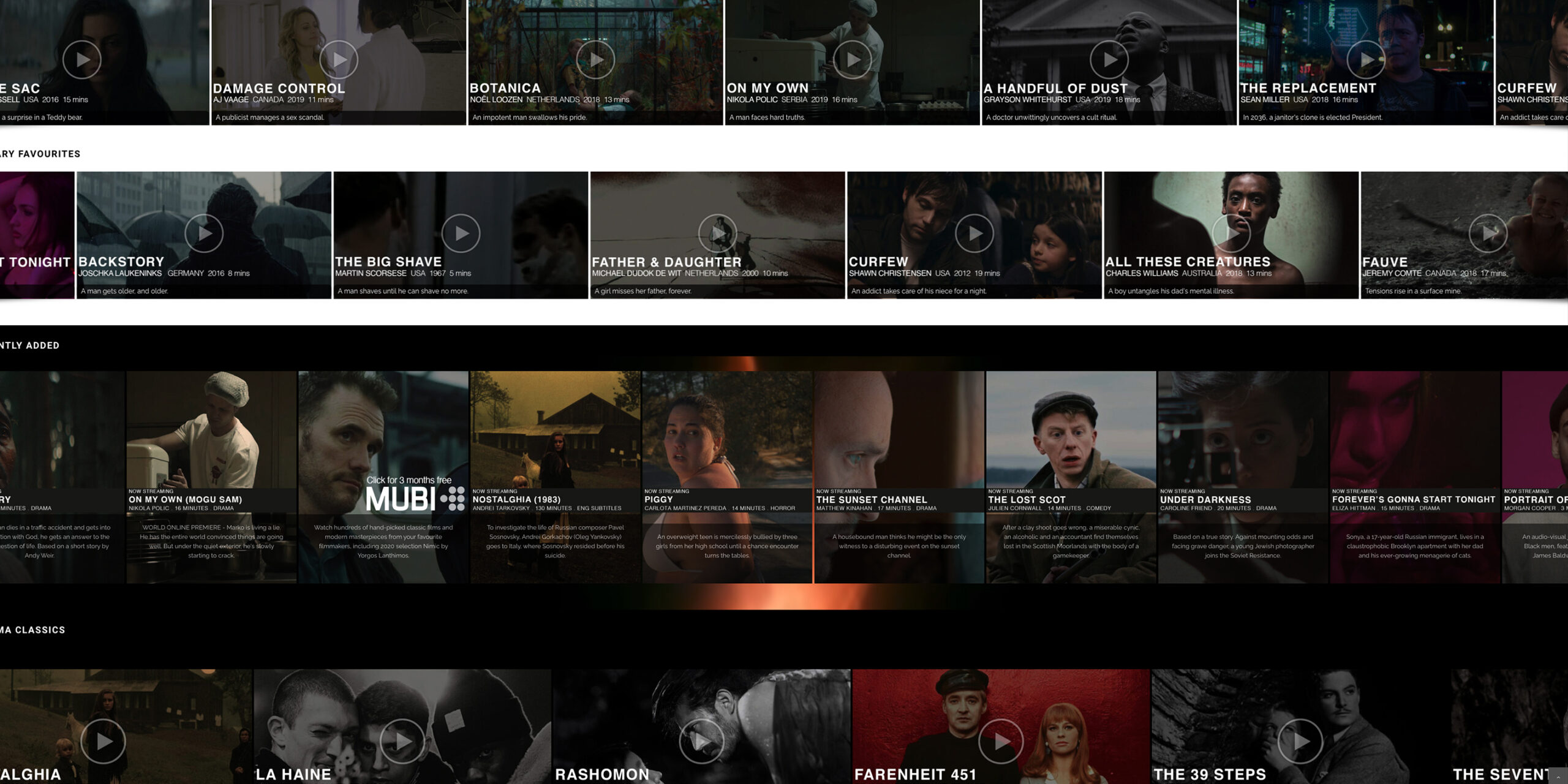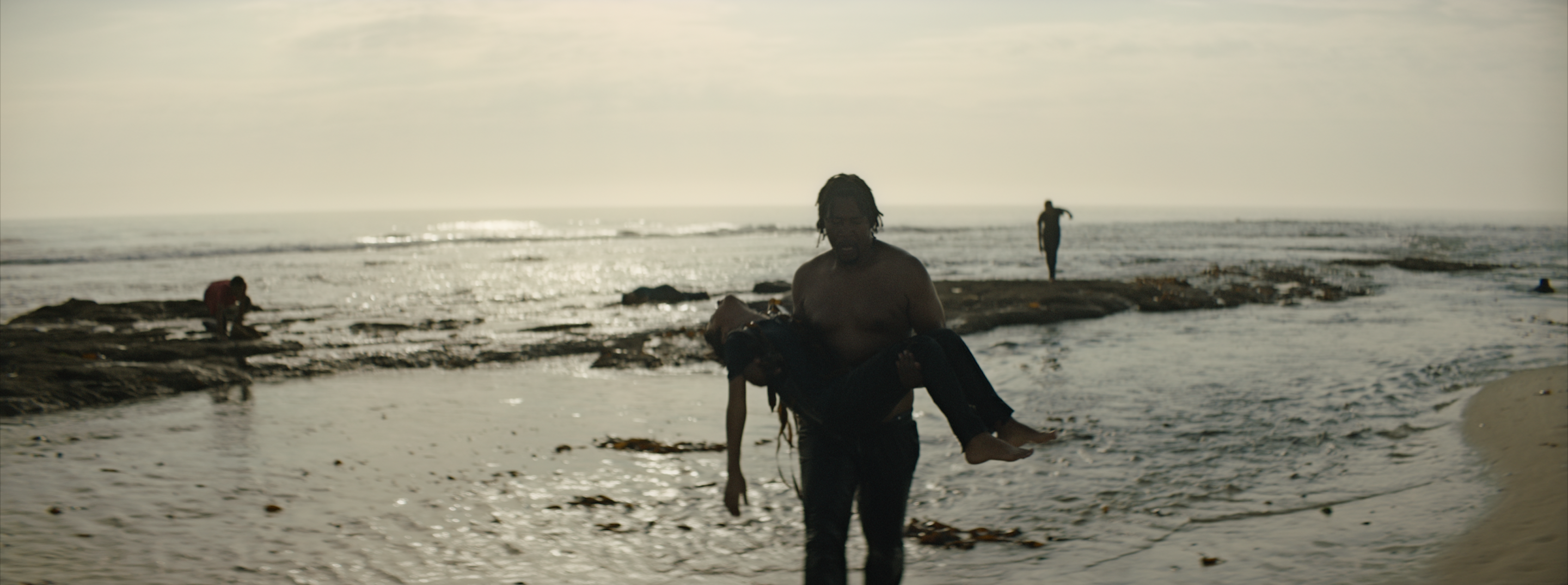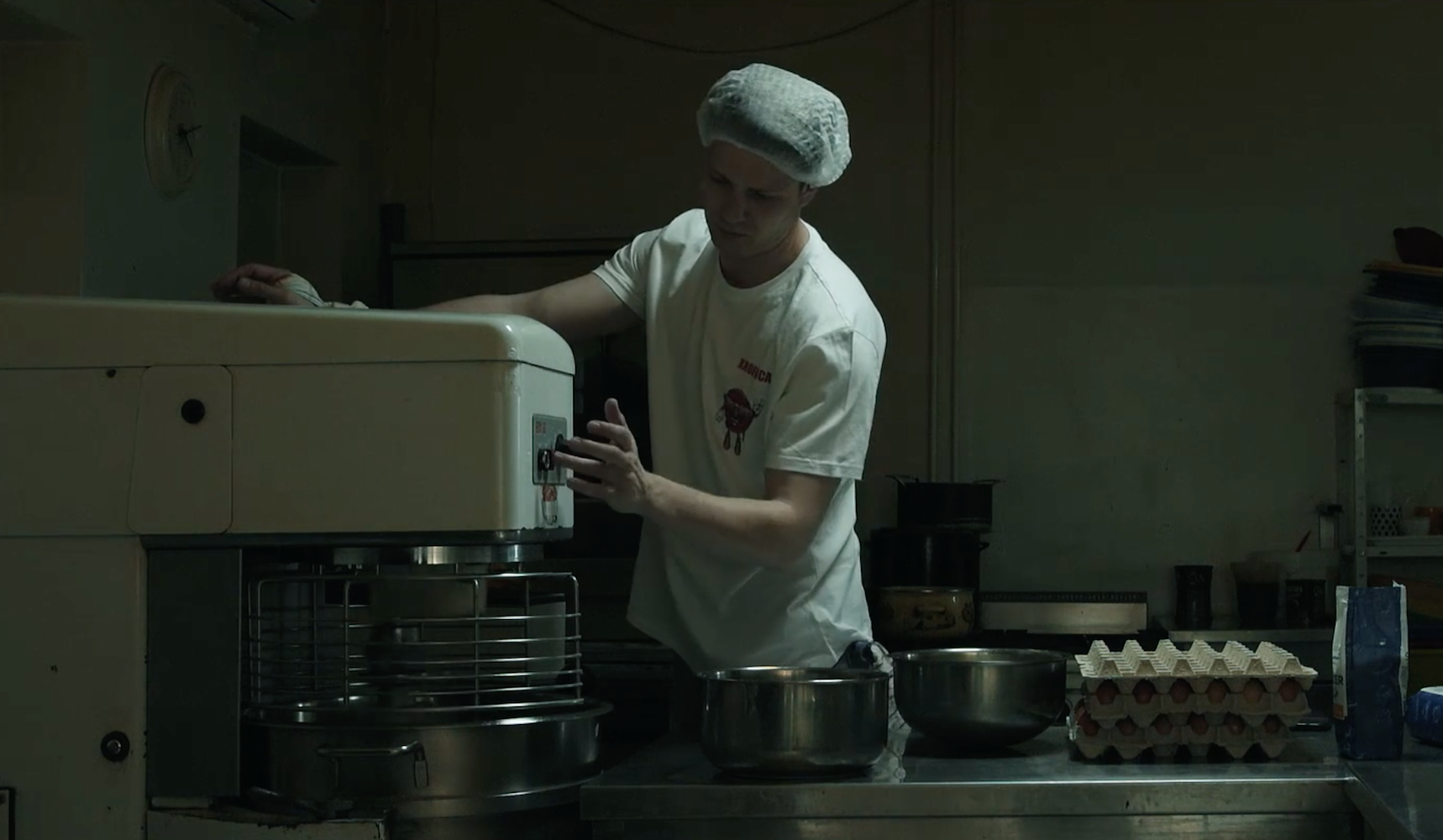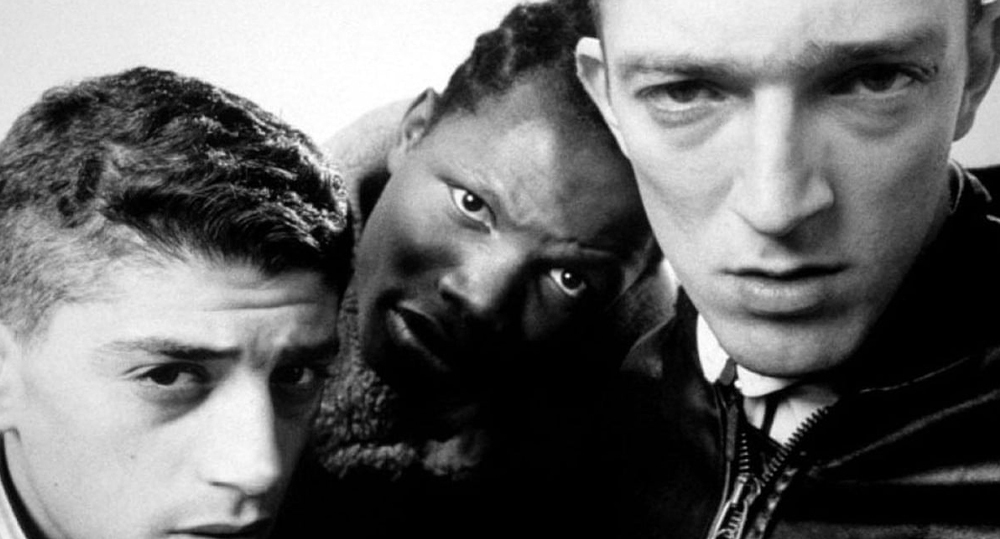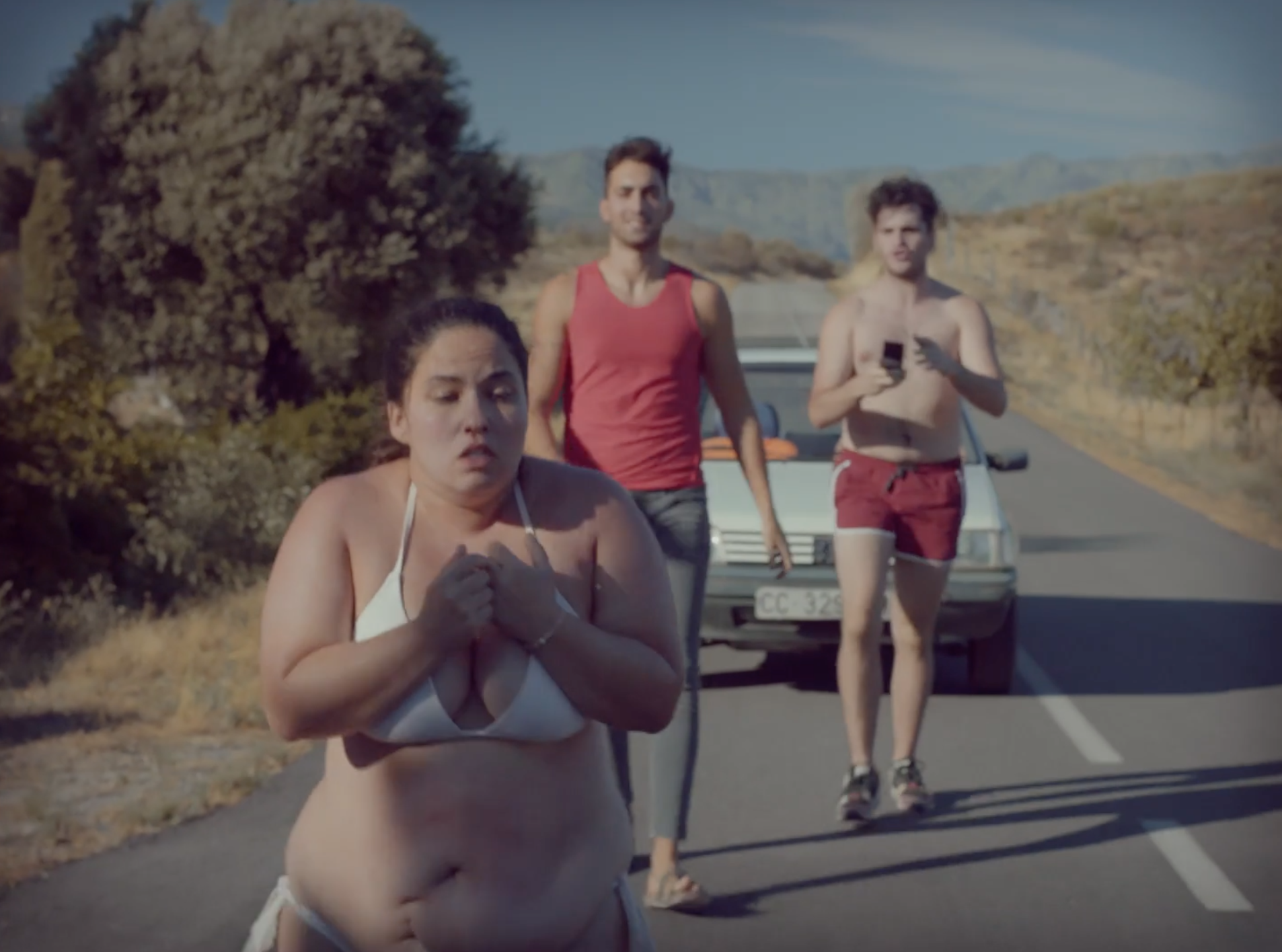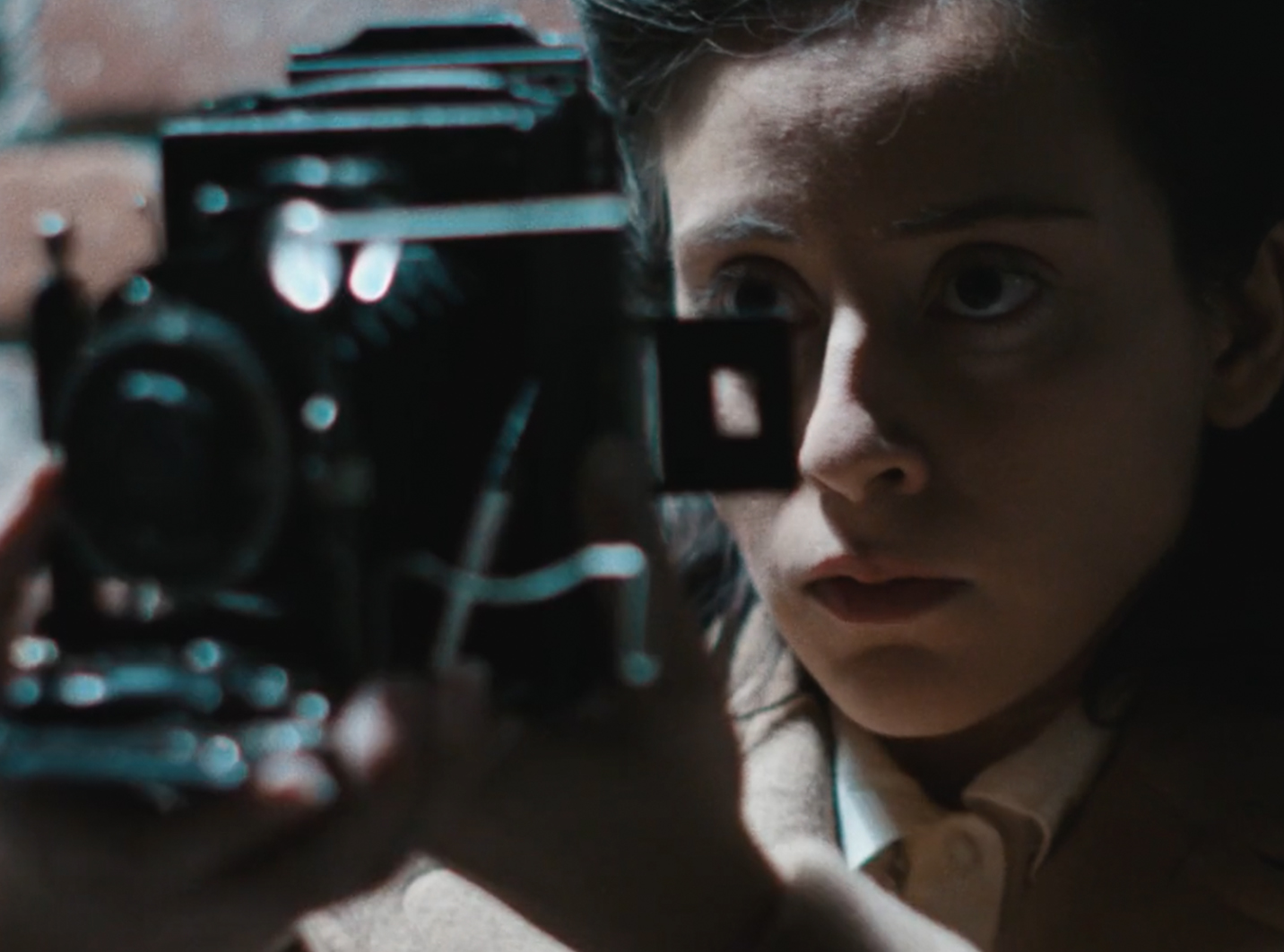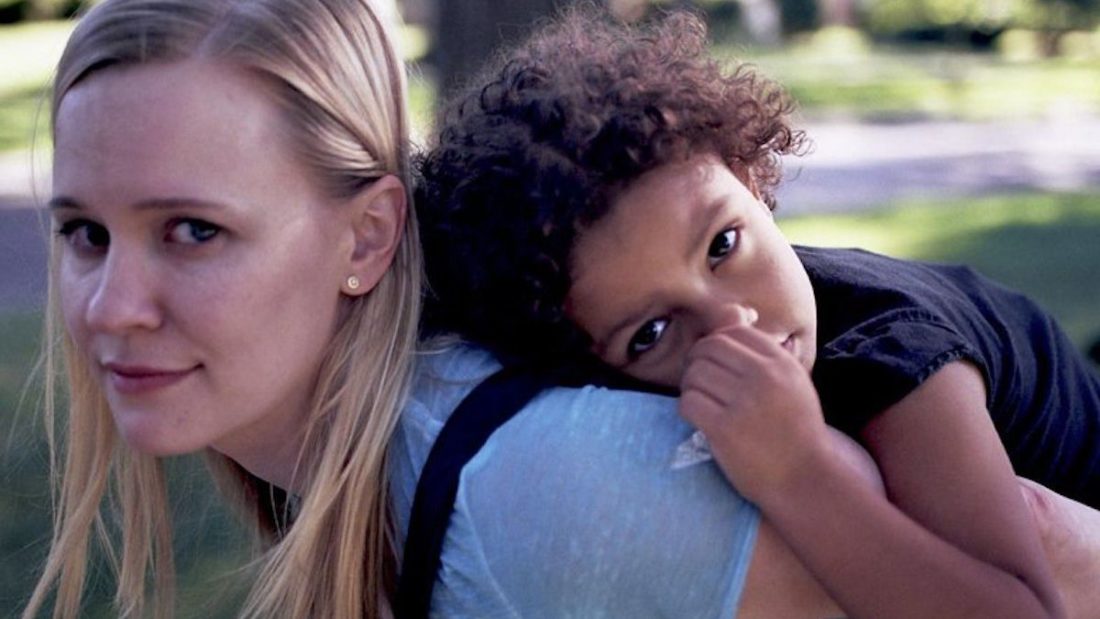In this article, I’m going to lay out the entire short film playbook—festival strategies, maximizing your festival experience, cost-cutting on submissions, marketing ideas, and how to execute your distribution and release.
Look—short films are basically a rite of passage. Anyone who has ever picked up a camera has at some point been told to make one. And since they’re considerably less resource-intensive than making a feature—most filmmakers stumble into short films by default.
Christopher Nolan did it. Martin Scorsese did it. Why would you not do it?
You absolutely do not need to make a short film. The end. Mic drop. End of the article.
All kidding aside—if you’re going to make a short film, or if you’ve already made one, this article is going to save you a lot of money, time and headaches.
BUT WHO ARE YOU?
That’s a really fair question. Who am I to tell you what to do with your next short film?
I’ve produced 13 films—only 3 were actually any good. I’ve been a programmer and festival director for the Pendance Film Festival for 4 years—never went to film school—studied statistics and philosophy, and worked at a hedge fund for 3 years instead.
None of this gives me the insight to write this article—but I’m curious and I ask thousands of questions. I’ve had opportunities over the past 6 years to speak with programmers and festival directors from some of the best film festivals in the world.
Through our festival, we’ve dealt with the top agents and distributors—interacted with the very best young filmmakers working today—and you had better believe I brought my pen and notepad to ask hundreds of questions each time.
The first step to learning anything is admitting your blindspots—I had hundreds of them, and probably still do.
FESTIVAL SCHOOL
Running Pendance was akin to attending a high end film school. Becoming a festival director made me a wiser filmmaker, but it is my curiosity and propensity to remain curious that helped me write this playbook—to any of those people I pestered for insight who might be reading this—I’m sorry I was so annoying!
There IS a playbook—a set of ideas, rules, theories—that no one tells you about until you get in the right room with the right people. Some of us don’t get into that room until we’re already 10 years into our careers—and most others will quit long before ever getting there.
If you’re a filmmaker—I respect you. It’s a brave career choice and anyone who even thinks about doing it has my admiration. But how many people have to make the same 100 mistakes—waste the same $30,000—before we extend help?
Before we started Pendance in 2017, I had zero depth perception when it came to filmmaking. I assumed the difference between my short films and the best short films being produced was at best negligible. And each time I received a rejection from TIFF or Sundance, my heart would sink into the floorboards and I’d eat ice cream for a week. The films they selected looked just like mine. I didn’t get it.

Pendance 2019, Toronto, Canada.
In August, 2017, my friend Andjelika Javorina and I launched the Pendance film festival with the help of four other Toronto artists. She was a composer and I was a screenwriter. Pen-dance—get it? And it was this film festival that allowed us to understand that we were wrong—our work was crap.
We were making mediocre films that had no business going to top-end film festivals—so we stopped submitting for 3 years until we learned how to make better films.
Here’s a free tip—you need to watch other quality short films. It provides some context for your own work. They’re not mini-features—they’re an art form with their own set of specific rules and guidelines.
During the first two years at Pendance, we received 657 short film submissions. What did we learn from watching 657 shorts? Get really honest about your own work and what you’re trying to achieve.
• No more blindly spending $4000 on festival submissions.
• No more laurel-hunting via haphazard submission sprees.
• No more giving shorts away to streaming sites that at best get the same circulation as my personal Facebook page.
I started working on this article 3 years ago. And as much as I’m writing it for you—I’m writing it for my former self. It’s a long-overdue letter full of better ideas and things worth knowing—a series of connected and disconnected things I wish I knew in 2015—but I’m happy to know today.
THE 99% RULE
You’ve probably heard of the 80-20 rule or the 90-10 rule—but filmmaking is a 99-1 business. You will derive 99% of your value from 1% of the potential opportunities at your disposal.
You need to seek feedback—sorry—you need to seek honest feedback from someone capable of giving credible feedback on your film. That’s the 99-1 rule. Whether you’re looking for someone to give you notes on your latest script or your new short film—99% of people will be either unwilling or unable to give you credible insight.
Pro Tip: Find 4-6 people who make films and create a group where the sole focus is to provide brutally honest feedback on each other’s work.
Your mom probably isn’t trained to give you professional notes. She gave birth to you and she might even love you, but she cannot provide the type of feedback you need on your work. Sorry mom. Your lead actor and your sound designer are probably not much better.
Before festival submissions—arrange a small watch party with some modestly intelligent friends and fellow filmmakers who had nothing to do with your film and just listen. Do they laugh at the funny parts? Do they look engaged? Do tense moments feel tense? Urge them to share their brutally honest opinions afterwards.
Pro Tip: A lot of people attend festivals to watch their own films—BAD IDEA. Attend festivals to watch other people’s films. When your film comes on, step out to the side and make sure everyone sees you leave—then, periodically look at the audience and scan their faces for real-time feedback.

YOUR SCOPE
The first step is also the hardest. Before anything is submitted, sold, or pitched, get a very clear idea of what you’re doing.
• Is your short film over 30 minutes?
• Does it contain excessive swearing and/or nudity?
• Are the sound design and colour a notch—or 3 notches below perfect?
• Did you use a single LED panel to light your entire film?
• Does your film take place in a forest? Your apartment?
• Did you use unlicensed music because it sounds cool?
If you answered “yes” to two or more of these questions, it might be wise to opt out of festival submissions—or—limit yourself to only the smallest and most local ones.
Pro Tip: If you want to make a big splash on the festival circuit, and insist on making a drama, make it a phenomenal one. If you’re not capable of making a great film, don’t make a drama—make a horror film. Or make a a documentary. Whatever you make—be original.
Honestly—don’t lock yourself into having to submit to festivals to please your cast and crew either. Film festivals are just one of many tools at your disposal—if you just finish the film within a year and send a link, everyone’s happy.
But I get it—laurels, parties, red carpets—if you’re still considering submitting to festivals in the next 12 months, this is the part of the article you absolutely need to read.
SHORT PLAYBOOK
EVERYTHING YOU NEED TO KNOW BEFORE MAKING YOUR NEXT SHORT FILM
We’re here—you have a short film and you’ve determined that it belongs somewhere out there. Now it’s time to clearly identify what you’re looking for and what you’d like to get out of the experience.
Do you want to get distribution for another film?
Do you want to sell this film?
Do you want to get producers and agents interested in your work?
Do you want to have your 8 minute film financed to become a 96 minute feature?
OR do you just want to have fun, meet other filmmakers and learn?
Curfew became Before I Disappear. Whiplash, Thunder Road and The Last Black Man In San Francisco started as short films. In 2019, we had 2 short films; Piggy and Baghead which were picked up to be adapted into features—happens all the time. Whatever your goal—write it down.
Pro Tip: Be realistic. Some films have a market—others don’t. Selling your film at the Orlando Film Festival isn’t just difficult—it’s virtually impossible.
Whatever you want—there’s a festival best suited for it. You’ll have to do your research. Reach out to filmmakers who did what you’re trying to do and just ask for some pointers—a particular bar where all the distributors hang out, someone to look out for, an event which always features a few reputable agents.
YOUR TOP 5
Are you starting at TIFF? Or Venice? If you have a good film, you’ll want to start out at a festival that has good press contacts—and a good established reputation among the industry.
Identify 5 festivals you’d really love to start your festival run at, and focus all of your energy into getting into at least one of them.
Pro Tip: Did you know that programmers scout and attend top-end festivals and will often invite the films they like to submit to their festivals?
Getting into Sundance or TIFF isn’t just valuable because they’re amazing festivals— it also guarantees favourable odds at 1000’s of other festivals—you’re basically getting stamped for an amazing festival run.
SUBMIT EARLIER
You need to note deadlines—you know this! Early deadline fees are between 200-300% (sometimes more) lower than late deadline fees. Submitting late doesn’t mean you won’t get in—but there are almost zero advantages to doing so.
Do you really want to be the fourth film a programmer watches that year about a woman facing a bed bug infestation?
Once you have your first 5 festivals picked out, you absolutely need to map out 2 dates—the opening call for submissions, and the earliest submission deadline.
Let’s say I just finished my short film. I want to premiere at TIFF, but I’ll be fine with starting at any of these 5 festivals.These are the earliest submission deadlines for my 5 options.
• Toronto International Film Festival – March 26, 2021
• Fantasia Film Festival – February 28, 2021
• Calgary International Film Festival – February 26, 2021
• Vancouver International Film Festival – April 23, 2021
• Austin Film Festival – March 26, 2021
Pro Tip: Once you’ve made your submission, kindly reach out to the head shorts programmer and introduce yourself via email, and in less than a paragraph notify them that you’ve made a submission to the festival and include your tracking number. This will increase the odds that a programmer watches your film or checks it out before a screener does.
This means that I need my final deliverables in by February 26th for Calgary, and I won’t submit to any festival that takes place before these events—clearing up any premiere conflicts in advance. You’ll also need to colour-code your calendar to map out the distinct festival runs based on where you’re starting out.
Pro Tip: Do not hound programmers or festival staff via social media—it’s weird and absolutely doesn’t work in your favour.
COLOUR-CODE IT

Sundance Film Festival, Park City, Utah.
Let’s assume you do get into TIFF. Congrats! Now what? It’s August 12th and you’re excited. You blast it out on social media. Everyone goes crazy. Your ex is calling. Everyone’s sharing it—next thing you know you’re two days away from the festival and you’ve done absolutely nothing for a month.
This is why you need a colour-coded calendar. Label each starting point a different colour, and then map out a festival path.
Within moments of receiving a TIFF acceptance you should be emailing programmers at virtually every other half decent autumn festival asking for a waiver or discount.
You should also be emailing the other 4 festivals on your list to let them know that your film will be having its premiere at TIFF ahead of their festivals. This is sometimes a little wink wink nudge nudge to give your project a second look if it has already been passed up. Other times—it’s just so they know.
Pro Tip: I’ve heard some very smart people suggest that asking for waivers is a bad idea and pisses people off—I disagree. Festival submissions are really expensive, and most larger festivals are more than capable of giving out a few waivers each year without incurring a big hit.
How does this look in practice? If TIFF is represented by the colour orange, then any festival you’d like to screen at—not in your top 5—that happens more than 3 weeks after TIFF should also be coloured in orange—this is your TIFF path. Getting into the Austin Film Festival is going to unlock different doors than getting into TIFF. The point is—have a game plan and logical steps pre-planned so you’re not scrambling on the day of.
Fun Fact: Most people suggest submitting to Sundance first—and this is likely why Sundance receives 9000+ short film submissions each year.
With most top end festivals—you’re going to want to pay very close attention to premieres. While a lot of top-end festivals will say they don’t have premiere requirements for shorts, there is certainly a premium placed on films making World and International Premieres.
Pro Tip: Canadian films would be wise to start in the summer from TIFF to Sundance, and American films would be wise to start in the fall/winter and go from Sundance to TIFF. Clermont-Ferrand—Melbourne—TIFF is probably one of my favourite pathways.
Conversely, some festivals do have premiere requirements for short films—State/Province premiere, International Premiere, World Premiere (rare). There’s absolutely no point in submitting to 4 festivals in Florida if all of them require Florida Premieres—pick the best one or the one that happens soonest and wait to hear back from them. Festival runs can range from 6 months to 18 months and there’s no one-size-fits-all approach to this.
Pro Tip: I highly discourage submitting works in progress—especially if there’s some major component of your film missing from the edit. Just wait until you’re done and submit the final film.
THE HIDDEN COSTS
I’ve seen so many filmmakers blow their entire budget on submissions without ever considering travel and lodging. 99% of film festivals aren’t going to cover travel or lodging for short filmmakers. We covered 2 days of hotel stay for short filmmakers last year and were baffled to find out that this was almost unheard of among other festivals.
It’s a scary world and filmmakers are often the ones left holding the bag. If you are paying a sizeable sum submitting to a festival, make sure that if selected, it’s one you can actually attend.
Pro Tip: You can negotiate with festivals. Do so politely and as soon as you’re selected. You can ask for extra passes, extra tickets, some help with the lodging costs and possibly more. Just be aware that most festivals will not cover travel for short filmmakers, and only the best ones will cover a short hotel stay. Beyond that you’re usually on your own.
Festivals are brilliant platforms to learn, connect, grow, and get feedback. You miss so much of that if you don’t attend. I should clarify—good festivals are brilliant platforms. Attending a festival like Melbourne, Cork, Leeds, or Warsaw will absolutely be a worthwhile trip regardless of the expense. As for Joe Schmoe’s International Monthly Festival? You can just put that acceptance letter in the drawer and forget it.
GET DISTRIBUTION
If you have a really good short film, align yourself with a festival distribution company. They get favourable rates on bulk submissions and can leverage pre-existing relationships to help you get into the best festivals.
I’m not even going to pretend that this is as easy as it sounds—reputable distributors only represent the best shorts by artists that have already established themselves on the festival circuit—but it’s never going to hurt to email some companies and ask if they’d consider taking your film on.
Pro Tip: Almost all reputable distributors attend or scout the top 20 festivals, so getting into one is a good way to get on their radar. You may even meet some in person at these events OR they may approach you about representing your film after your screening.
Check out the distributor’s catalogue and try to imagine how your film fits in. Some distributors specialize by genre or specifically represent women or POC filmmakers.
Pro Tip: If you see hundreds of titles in their catalogue, move on to someone who does a better job curating. We’ve received dozens of requests from festival distributors looking for bulk rates and we almost always pass on the ones who don’t properly curate their catalogue for quality control.
If you’d like some guidance on some of our favourite festival distribution companies, you can check our past selections and find some common trends. Or you can just email us!
THE RIGHT FESTIVAL

Aspen Shortsfest, Aspen, USA.
Try to look at past selections to get a sense of the types of projects the festival favours. If 90% of the short films at the festival were from local filmmakers, and you’re not a local filmmaker, don’t submit to that festival. If all of their films were under 15 minutes and your short is 22 minutes, don’t submit to that festival.
Also, the biggest film festivals aren’t necessarily the best film festivals for your short film. Film festivals like Aspen Shortsfest, Palm Springs International Shortsfest or Claremont-Ferrand might be far better options to kick-start your festival run.
Pro Tip: Don’t blow your entire budget on Sundance, SXSW and TIFF—but if you’ve made a great short submit to a few heavyweights. An Official Selection to Sundance is worth 50 selections at mid-sized regional festivals, and 1000 selections at these obscure monthly ones.
>
But there are dozens of festivals out there that can do something meaningful for your career that might be better fits for your project. Consider moving one notch down from mega festivals like Sundance and TIFF to festivals like Austin, Palm Springs, Aspen, Rotterdam, Slamdance or Seattle. You won’t have 600 in attendance, and you probably won’t meet Matt Damon, but it’s absolutely a great experience and one worth celebrating.
Pro Tip: Email festivals and ask for submission discounts and waivers. Tell them a bit about your project to pique their interest. Sometimes this works. But don’t be discouraged if it doesn’t.
BE YOUR PUBLICIST
I’ll be honest—I HATE THIS PART. I hate the idea of having filmmakers to reach out to the press to feature their film or attend their screening. I hate the idea that some filmmakers message us saying that if they’re selected, they’ll sell out a screening for us by leveraging their existing social media presence.
But hating reality doesn’t change reality. This is the harsh reality—you need a publicist. If you can’t afford a decent one—become a half-decent one.
We’ve worked so hard at Pendance to work for filmmakers—we cut trailers, write articles, do press outreach. We offer platforms for them to teach free-workshops at the festival and sit on panels.
But the best outcomes always come from filmmakers who work hard for themselves.
We selected Filmmaker A in 2019 and this individual was hyper-prepared. They really understood the game since they were dating a producer who had clearly explained it to them.
They asked for our press-list within moments of being selected and emailed hundreds of critics to attend their screening. It worked wonders—the film was covered by 2 major publications—they leveraged the publicity and positive reviews to get into 2-3 other incredible festivals and grabbed themselves a Vimeo Staff Pick. Smart Cookie!
We selected Filmmaker B in 2020. They didn’t have as strong a film as Filmmaker A, but they happened to be local to Toronto. They hammered people to come to their screening, they got on social media and made dozens of calls. Their film out-sold Werner Herzog’s Ontario Premiere at Pendance 2020.
I wish smaller festivals could do more for individual filmmakers, but they usually can’t. We’ve been able to do as much as we have largely because we have a really talented team full of editors, web designers, and people with strong business backgrounds.
If we had to pay for these things, we’d be broke. Festivals have a job to market their event. That event sometimes includes parties, galas, workshops, 70-130 films, and press conferences. As a short filmmaker, you’re not a priority for anyone except yourself. So become your own agent, publicist and hype man.
A THEATRICAL RUN
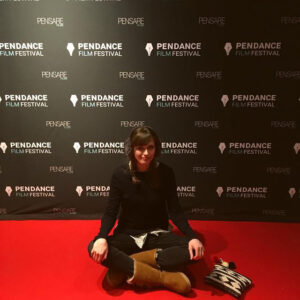
Filmmaker Barbara Vekaric, Aleksi, 2020
Beyond the top 20-40 film festivals in the world, those laurels are mostly meaningless. Honestly. Treat most festival submissions as a limited theatrical release commitment. In exchange for your submission fee, this festival is taking care of the exhibition costs associated with your film.
The raw deal for most short films is that they don’t generally garner a screening fee. You’ll see almost no money from this ‘limited theatrical run’—regardless of how well or poorly it goes. But you also assume zero costs or risk—that’s the tradeoff.
What is the real value of a Sundance selection for a short film? It totally depends on you. You could just not go and blast it on social media—thus limiting the value to virtually nil—OR you can use that one selection to go to Park City, meet incredible people, find gigs, find financing, find an agent, become a filmmaker Sundance repeatedly selects, and contact other festivals to set yourself up for a 150-170 festival run for almost no money—a value of maybe $500,000. Your call.
AVOID SCAMS
I’ve been told 100 times to NEVER publicly comment on other festivals. As the festival director at Pendance it probably appears tacky and unprofessional. I know a lot of these programmers and artistic directors and it’s a close-knit community—no one’s trying to commit career suicide here.
But I’m a filmmaker too. And that part of me wants to scream “Shut up! Shut up! Shut the f$#k up! They need to know this!”
Pro Tip: Google 4-5 of the reviewers. Are they real people? Are they the types of filmmakers you might want to meet? Are they filmmakers at all? All you need to sign up for a FilmFreeway user account is an email. Always remember that when festivals tout their 50 positive reviews as a reason for you to submit.
As a filmmaker, I was once told that my film would only be exhibited at a certain European film festival if and only if I paid to publish an advertisement promoting the screening in a magazine which was—wait for it—owned by the very same festival. Ah, first year filmmaking woes.
Pro Tip: Most reputable and reasonably established film festivals will actively watch your film in full and may even have 2-3 people do so while taking comprehensive and detailed notes on the film. Have I heard of festivals outsourcing screenings to first year film school students? Sure. But you haven’t heard of those festivals—and that’s probably why.
FilmFreeway has a very low bar for what qualifies as a legitimate event—there’s an ongoing challenge in terms of quality control. I’d love to say you’ll know when you see a scam—but you won’t. So I’ll give you a list of 3 things I really look for.
• Hundreds of positive reviews for a first or second year festival. This screams scam. Festivals that select 300 films after receiving 350 submissions aren’t festivals—they’re pyramid schemes. Speaking from experience, it’s virtually impossible to program that many films while maintaining anything that even resembles quality control.
• Zero digital footprint. Some festivals aren’t tech-savvy and they’re just really old. They market films exclusively through newspapers and flyers and haven’t even heard of Instagram. These are not scam festivals—they’re dinosaurs. But if a festival started after 2001, and they don’t have a modern-ish website and some sort of ongoing social media presence, this is a major red flag and should be a strong indication to avoid submitting.
• Too good to be true. “We’re the best festival in New Zealand”. Sure. The best festivals seldom market themselves like used car salesmen. It’s really difficult to ascertain the value of a festival that takes place 2000 km away, but just use your judgment and common sense.
WHEN TO WALK AWAY
I’ve never met a filmmaker who didn’t—at some point—completely misjudge their own work—for better or worse. You need to track your acceptance rate and know when to stop submitting. I’ve gone through this with 2 of my own films. I didn’t see them clearly at the time and I needlessly wasted $1000’s on submissions.
Pro Tip: If you’re consistently being rejected by more than 80% of the festivals you’re submitting to, there’s something wrong with your film OR what you’re doing.
When you find yourself getting really desperate, walk away. Some films just don’t belong in film festivals—it’s a tough pill to swallow. It doesn’t mean they’re bad per se—just means you need to find another way to get them out into the world.
Pro Tip: Most low to mid-tier regional festivals will accept virtually any short film that is professionally coloured, sound-designed, shot and edited. They’re either unwilling to seek more from their films, or unable to ask for more due to low submission numbers.
Festivals seem quite focused on how the film looks and sounds—audiences on YouTube or Facebook are far more forgiving of technical issues. If you have a great story that evokes strong emotion—and the only real problem is that it sounds and looks amateurish—you’ll have much better luck finding an audience online.
YOUR REPUTATION
Programmers talk. Things get passed around. It’s only human. If you got drunk at a certain festival in Louisiana and trashed your hotel room—I’ve probably heard of you. E-mail me Jason. You’re a legend and we need to talk.
I’m not suggesting that you suck up to festival staff and act like someone you’re not—but be careful you don’t develop a reputation for making trouble or being difficult to work with.
Pro Tip: Take your Q&A seriously. This is an opportunity to give people the smallest glimpse into who you are, how you think, and what working with you might be like. Don’t blow it with um’s and ah’s or one word answers.
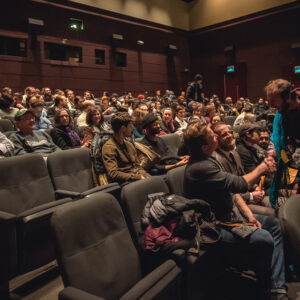
Pendance, 2020, Toronto, Canada.
I want to be careful about how I say the following thing—be careful when posting negative reviews.
I get it. I’ve been there. You have concrete proof that a certain festival rejected your film without even watching it. You want to write the most strongly worded email to them asking for your money back. How dare they take $40 from you and not even watch your film!
You decide to take it one step further and make a big post about it on social media. You’ll find some support in your virtual echo chamber—but for every 7 people you help or warn, you’ll turn 3 people away from ever wanting to work with you again.
Fun Story: I was once selected to a fairly popular American festival and I was over-the-moon excited about it. I had my bags packed and was ready to fly halfway around the country with my girlfriend at the time.
That’s when they dropped a bombshell—they wouldn’t cover a dime of my lodging expenses, refused to offer my girlfriend a complimentary pass, and were instead asking me to buy 20 tickets to my own screening so that they can donate the tickets to a local film school.
Here’s what I did—I wrote the nastiest email imaginable explaining my frustration—and then I deleted it. I made my donation, didn’t attend, and never submitted again.
Actually—they became a guiding light for me personally on how we would eventually run Pendance. We always offer complimentary tickets and passes to filmmakers, and always offer to cover some part of the travel and lodging expenses for filmmakers. That nasty email is going to make you feel good for 5 minutes—it’s not worth it.
Pro Tip: Don’t leave positive reviews after a negative experience. Unless it was abhorrently bad—don’t leave any reviews and just move on.
If you’ve had a negative experience with a festival, share it with your closest friends and family, a few select industry contacts you absolutely trust, and then just move on with your life.
Alright—this is where I commit my career suicide. It’s widely stated that this theory of favouritism is overblown and that festivals really do give every film the same opportunities—I completely disagree. I totally disagree. And every filmmaker who has cracked the surface of the pearly gates would privately admit the same.
There’s a heavy priority given to alumni, films that have come through reputable pipelines, films with stars or bigger names attached, and films by directors who already have a strong resume—honestly, I’m not even sure why the hell we’re pretending this doesn’t happen—it does.
But festivals are also prone to unearth gems and champion new voices each and every year. While this may sound like I’m contradicting myself—I’m not.
When you submit to a bigger festival, you do so under the impression that you and the other blind submissions will be competing for one of 135 or 150 slots. You’ve made a good film—you know some submissions will probably be wedding videos shot on an iPhone—so you like your odds.
That’s the part I’d like to correct—you’re not fighting for 135-150 slots. At best, you’re fighting for 1 of 10-15 slots—remember that. I know filmmakers who’ve screened at top festivals with absolute gems and then followed that triumph up with a terrible film—it still got in.
The question worth asking of course is at whose expense? Film festivals build relationships with artists, distributors, studios—filmmakers develop a following at that festival. You’re not going to not select a subpar entry from that director for 2 reasons—that director’s subpar film’s still going to outsell your random discovery film—and that director might not bring their next film back if you piss them off.
But you’re not sunk. If you don’t like this system—and I’m certainly not an advocate for it—then use what you can and leverage it to your own advantage. Film festivals are like a family—they promote their own. Hating this isn’t going to get you anywhere. I suggest you instead find a creative way to get into that family.
Pro Tip: Scrub that social media profile. If you’re hoping for a bigger festival to take a chance on selecting you—be sure to polish up your social media footprint and ensure that nothing too embarrassing shows up when someone googles you.
Apply for labs. Get on their radar. Talk to festival programmers. You’re not going to get into that inner circle if no one knows who you are.
WHEN IN ROME…
There are so many things to do at most decent film festivals. You can become a tourist in a new city and make life-long friendships with other filmmakers. You can chum up to some of the programming staff to learn more about their jobs. You can attend workshops and panels on relevant industry topics. You can attend gatherings and parties around the festival.
Pro Tip: Whenever you attend a festival, always have a project in mind in case someone asks what you’d like to do next. If possible, bring the script itself on a flash drive or a pitch deck. Most good producers are going to be reluctant to accept anything from a filmmaker directly and will ask you to submit through your agent, but you never know what a few martinis might do to people’s inhibitions. On a related note—stay sober. Others won’t. And that’s fine. Use it.
Some festivals create filmmaker-specific activities and retreats like kayaking and hiking. Overall, we’re very pro-festival experience and suggest you try and make some new friends! We’ve heard so many stories about how a film that screened at our festival in 2019 actually started as a conversation between 2-3 people at the Brooklyn Film Festival in 2015, or Telluride in 2017.
ALUMNI STATUS
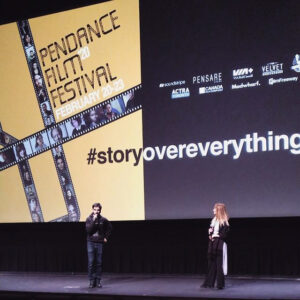
Robert Misovic & Tijana Milenkovic, Pendance 2020.
We’ve never selected a film because the filmmaker was known to us or because we’d selected their past work—that’s where our #StoryOverEverything slogan comes from—a promise that films will be judged exclusively by the story on the screen and nothing else.
But this isn’t how the rest of the world works and I’ve needed to learn to come to terms with it. Have you ever had that one friend who always has their Louisiana Premiere at the same festival—year after year? He or she is leveraging their alumni status—and you should do it as well.
Let me be blunt—unknown filmmakers are a risk. And the biggest festivals have a lot to lose by making a mistake. What if you select a person and they turn out to be a Neo-Nazi? What if they come to your festival and trash the hotel room?
What if they get on stage and scream obscenities? What if a selected filmmaker refuses to screen their film at the 11th hour and pulls out—sending you into a tailspin to adjust your already-printed schedule?
There are hundreds of variables involved when you select a filmmaker to be part of your event—and it’s human nature to want to give a slight preference to the safer option.
BE A SAFER BET
There’s no way to prove to someone that you’re an upstanding human who will bring value to the film festival, but you can absolutely tilt the odds of being perceived as one in your favour by doing a few things.
- Don’t harass programmers for waivers OR status updates on your project. Emailing once is enough.
- If you submit on FilmFreeway, keep your project file up to date with past selections
- Complete your director bio and include education history and a snapshot of past accomplishments (talent labs, film school, a past selection to Cannes, a few personal anecdotes)
- Post an image of yourself not doing stupid things at other festivals—this helps.
- Send in a reference letter from someone who has already screened at the festival or a credible programmer who knows you.

Final Deadline: February, 24, 2021.
GET PEOPLE EXCITED
Programmers and screeners aren’t built equal. I’ve had conversations with programmers over at Calgary or at Karlovy Vary that have humbled me deeply—and I’ve had conversations with programmers that leave me wondering how they’re allowed to walk with scissors.
Regardless of who watches your film, bank on 2 things—they’re human, and yours isn’t the only film they’re going to watch that day.
It helps to have a short, well-written (1-2 paragraphs) cover letter, a marketable poster and a few high quality stills.
Pro Tip: Don’t just include 9 behind the scenes photos. Include at least 4-5 excellent still photos from your film—photos that convey tension, drama, production value. Play to your film’s strengths.
If you’re going to include a tonne of behind-the-scenes photos, you had better have one helluva production story. One example was Justin Black and Emily Jenkins’ Terminally in Love where they strapped a special camera rig to the actors’ heads for this amazing POV short film.
That’s really cool and it gets me super excited to see how you made it—but if it’s just you and your buddies holding a boom pole in your apartment as the camera assistant eats a muffin—save it for yourself.

Programmers are humans.
Director statements are so important if your film is even slightly in need of some additional notes and insight. This is a canvas to tell the people watching your film a bit about why you made it and why this story is important for you.
Sometimes, highly intellectual films with too many moving parts actually do go over a screener’s head. Wait. It was a metaphor for classism in modern society!? I thought it was about hating your job!
Don’t assume that people are going to read your film properly. Films are highly subjective. Last year we had TIFF programmer Robyn Citizen leading our 8-person Short Film Jury.
Among the 10 films short-listed for Best Short Film, the film I had ranked 8th won the Grand Prize. Am I stupid? What did I not get about that film? It took a director statement for me to realize there were a few details I’d missed, and after understanding those details it was impossible to watch the film the same way again.
Pro Tip: Don’t email me to tell me your film was a labor of love, that you self-financed it, or that you didn’t have enough time. Also, get comfortable with rejection. I spoke with someone who won an Oscar with their short and they told me they had over 150 rejections too.
FilmFreeway gives you a profile which takes an hour to fill out properly—and yet over 95% of filmmakers either do it poorly or don’t do it at all. You’re not going to get in to the best film festivals just because you filled out this profile—but this is an advantage you should cease. Film festivals receive 1000’s of submissions—why not give yourself a 1% advantage and stand out?
FESTIVAL SCOUTING
Every festival and every programmer starts somewhere—learn to spot the good ones. Ask filmmakers you trust who are a bit further ahead in their careers about which festivals they’d recommend.
Maybe 1-2% of first year festivals are legitimately worth submitting to towards the tail-end of your festival run. While it’s possible that the festival itself may take giant leaps in the future, it’s equally possible that a programmer or director from that festival might find themselves on a bigger stage in a few years. Where do you think film festivals like SXSW and Venice find new programmers?
Pro Tip: Oscar-Qualifying Film Festivals are often misunderstood—if you win an award at one of these festivals, you become eligible to submit your film to the Academy for consideration for an Academy Award. Our 2020 selection The Van was just short-listed for an Oscar. But if you don’t get into one of these festivals, all you need to do is hold a brief theatrical run in Los Angeles with paid screenings (2 per day minimum) to become eligible. Check out this awesome article to learn more.
I’ve personally been offered lead programming jobs at several established European festivals with a bit more clout and prestige than Pendance—and if I ever took the opportunity to move halfway across the world and join them, I’d be bringing my filmmaker Rolodex and list of experiences with me.
BRING IT BACK HOME

Italian Contemporary Film Festival, Toronto, Canada.
Submit to some local festivals that you have a good chance of getting into—preferably decent ones with a good turnout. Local festivals are a good idea to schedule at the tail-end of your festival run.
You can get your cast and crew out, meet others within your local industry, and even land some meaningful leads for work if your film is decent.
I’ve regularly had my shorts selected to ICFF (Italian Contemporary Film Festival) because they’re a welcoming film festival with great press contacts. Bonus—they always showcase our film at the TIFF Bell Lightbox. It’s not Berlinale—but it’s more than worth the experience. Since they exhibit films across Canada, I usually get to have my Ontario, Quebec and B.C premiere in one go.
THE END IS NEAR
Actually—the end is not near. A successful festival run is just the beginning of your film’s journey in the digital age—not the end. So many amazing projects fizzle out after their festival run and go die out on a hard drive. In the final section of this article, I want to give you some solid ideas on what to do with your film after you’ve completed your festival run.
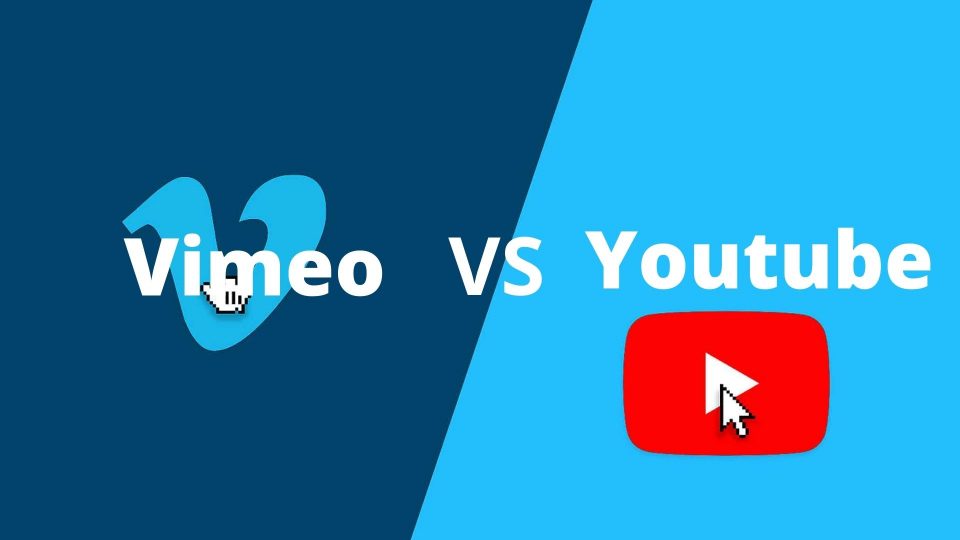
VIEWS ≠ IMPACT
DISTRIBUTION IN THE DIGITAL AGE
I am a big advocate for filmmakers retaining the rights to their work. If you want to give your work for free to a big channel to generate some views—fine—I’m just going to suggest you do it differently. In order to keep this nice and legal, I’ll refrain from citing any specific channels. Here are my top 5 options for what to do with your short film after it’s done.
PACKAGE IT
This is the most sensible option, and one that a lot of people don’t even think exists. If your short is good, you can sell it in a multitude of different ways. You can package it with 3-4 other shorts with similar themes and market it as a feature-length anthology. There are producers and distributors that specialize in this sort of thing. One of my favourite short films from our 2019 festival—Rubber Dolphin by Ori Aharon—is now part of an LGBTQ anthology called ‘The Israeli Boys’ which is for sale via Vimeo On Demand.
SELL IT
Did you make a festival darling that premiered at Sundance or Cannes? Had a big star or someone involved in the film who has a huge following? Go On-Demand and devote yourself to aggressive cheap marketing to draw in your audience. Create a social media account and get very chatty. Or, you could try and sell it to a streaming service like CRAVE or MUBI—both of which list short films!
Visually Ambitious Short Film? Sell it for stock. Seriously. Part out those brilliant crane and drone shots of the African wilderness and sell it. Don’t even have an ego about this and don’t think twice. Now is not the time to get snobby and pretentious—the next person who wants to invest in your film ideas will love that you thought to do this.
A lengthy short documentary? Maybe about someone famous or a current topic of importance? Try to see if a network would consider licensing your film and putting it on television. This is rare but I’ve seen it happen a few times. The deals those filmmakers got were $15,000 and $20,000 CAD respectively.
None of the above? Don’t waste your time. It’s admirable, but the marketing push required to sell an average or below average film to a wide audience isn’t worth it. But don’t be sad, because you might still find success.
STAFF PICK
Put your film on Vimeo and enlist the help of services like ‘Short of the Week’, ‘Director’s Notes’ or any number of digital libraries out there that have a following and a platform but allow creators to keep their own film link. Most of these sites will additionally release some sort of article along with your film, including an opportunity for a Q&A or background on the film to engage potential viewers.
Those first 72 hours when you release a film are super important, and you should take every bit of help you can find. Reach out to local film blogs. Reach out to magazines. See who might be willing to cover your release.
Pro Tip: Whenever possible, have something interesting happen within the first 15-20 seconds of your film. Don’t waste those seconds with credits and black screens. People have a very limited attention span.
Include a trailer, a poster, some stills, a bit about yourself and if possible, an electronic press kit. Give them a story. This is the last film so and so ever acted in! It’s the first film ever shot upside down on an iPhone.
Become your own PR department. Of course, the holy grail here after all of this would be the Vimeo Staff Pick—awarded to films that Vimeo wishes to give their stamp of approval in a highly selective and curated list. 8 past selections from Pendance have gone on to be staff-picked and it’s so exciting whenever this happens.
But not all Staff Picks are created equal. Some get 400,000 views, others get 50,000. You’ll still have to do a ton of legwork to make sure your film does well. But regardless of how many views the film generates, being listed as a Vimeo Staff Pick means about as much as any festival selection you’ll ever receive.
WHAT’S THE VIMEO ADVANTAGE?
• Compared to YouTube, Vimeo is relatively niche. Google obviously prioritizes YouTube links, and the site has far more users. But even if it means getting 50% less views, I’d still advocate for a Vimeo Release over a YouTube one.
• Vimeo users are more likely to be other people in the film industry.
• Vimeo registers ‘views’ differently and arguably more accurately than YouTube does.
• Vimeo allows creators to have a ‘hire me’ button below their video so that those looking to hire the filmmaker for an upcoming project can reach out directly.
• Vimeo encourages reflection while YouTube is algorithmically designed to never let you stop streaming. This means that after a film is over, Vimeo isn’t urging the viewer to check out some related video on someone else’s channel. Instead, viewers are given an option to save the film to a collection, like the video, or follow the creator. You can amass a huge and dedicated following from just 1-2 really good videos on Vimeo. YouTube requires a bit more work and a steady stream of content.
• No ads. This is either a pro or a con depending on how you look at it. But ads are tacky and unless your film is generating 400,000 views, any money you may or may not make on a YouTube video these days from ad revenue is very small.
• Better video quality. Vimeo just has better video quality. I have nothing further to add and it’s not even debatable.
SELF-DISTRIBUTE
Okay. No one wants to staff pick your film? It didn’t get a nod from Short of the Week? No problem. Put it on your own YouTube or Vimeo channel and aggressively market it. You might have to spam some Facebook groups. You might need to follow thousands of accounts on Twitter. It’s not fun and it’s not always proven to work, but just keep putting your film in front of people.
YouTube videos can continue amassing thousands of views for years after they’re released. I put some of my own short films on YouTube and one in particular, Stain, caught on. Now just 2 months in, it’s averaging about 250 views per day (and building). I get at least one email or message per week from someone who saw the film OR wants to work together.
Pro Tip: YouTube and Vimeo channels should be treated like television channels. They open a world of possibilities to creators to build loyal followings.
It’s by no means the type of short that’s going to roll out the red carpet to Hollywood, and it will never go viral. But it’s nice to know that something you made is finding an audience and allowing you to build a small following.
Our Pensare Films YouTube Channel just crossed 1,540 subscribers and a lot of them are coming in because of a handful of shorts. It is these people who will watch your trailers for upcoming projects and share your films in the future. If your short film does nothing but find you 10 awesome people who want to work with you, consider it a success.
3RD-PARTY CHANNEL
This seems smart until you think about it. Short term it’s great. Long-term, you’re selling yourself short. It’s a step up from not doing anything with your film, but it’s not a big step. If the channel is huge you might get a few hundred thousand or even a million views. In either case, the channel that uploaded the film generates more subscribers for their channel, more views for their other videos, and pays the filmmaker nothing in return.
Pro Tip: Data is everything. Understanding your audience trends and demographics is invaluable. Speaking from a tech background, you should aim to have every interaction on your own playground. YouTube and Vimeo offer you the right to host videos for free because they realize it’s a small cost to have your content on their site as they gather information about the people who view your film.
They also keep all that super valuable data about who is watching your film. This is an absolutely terrible model, and the fact that it’s often touted as the best option is absolutely baffling.
Alright. The New Yorker uploaded 2016’s Live Action Oscar Winner ‘Stutterer’ and that actually wasn’t the worst option available. There are exceptions to this model—some pay something, some split ad revenue, some link your channel in their description. But in most cases, these channels use free content to generate maximum value for themselves and minimal value for the original creators.
PARTING NOTES
This was a lengthy article so if you’ve made it to the end, thank you. Honestly—you’re probably not going to get into Sundance or TIFF or be nominated for an Oscar—among the thousands of short films made each year—only a handful ever are. I don’t say this to discourage you—rather—I’m suggesting you embrace this as a reason to find solid plan B’s and C’s to achieve the results you want.
In this article, I wanted to offer my perspective on what you should and shouldn’t do with your short films moving forward. If you got something useful out of this, please share it with others in the industry! Any tips you think we missed? Get in touch! We share this knowledge because we’re a festival for filmmakers by filmmakers—and we never forget that.
#tips #filmindustry #filmfestival #movies #filmfestival
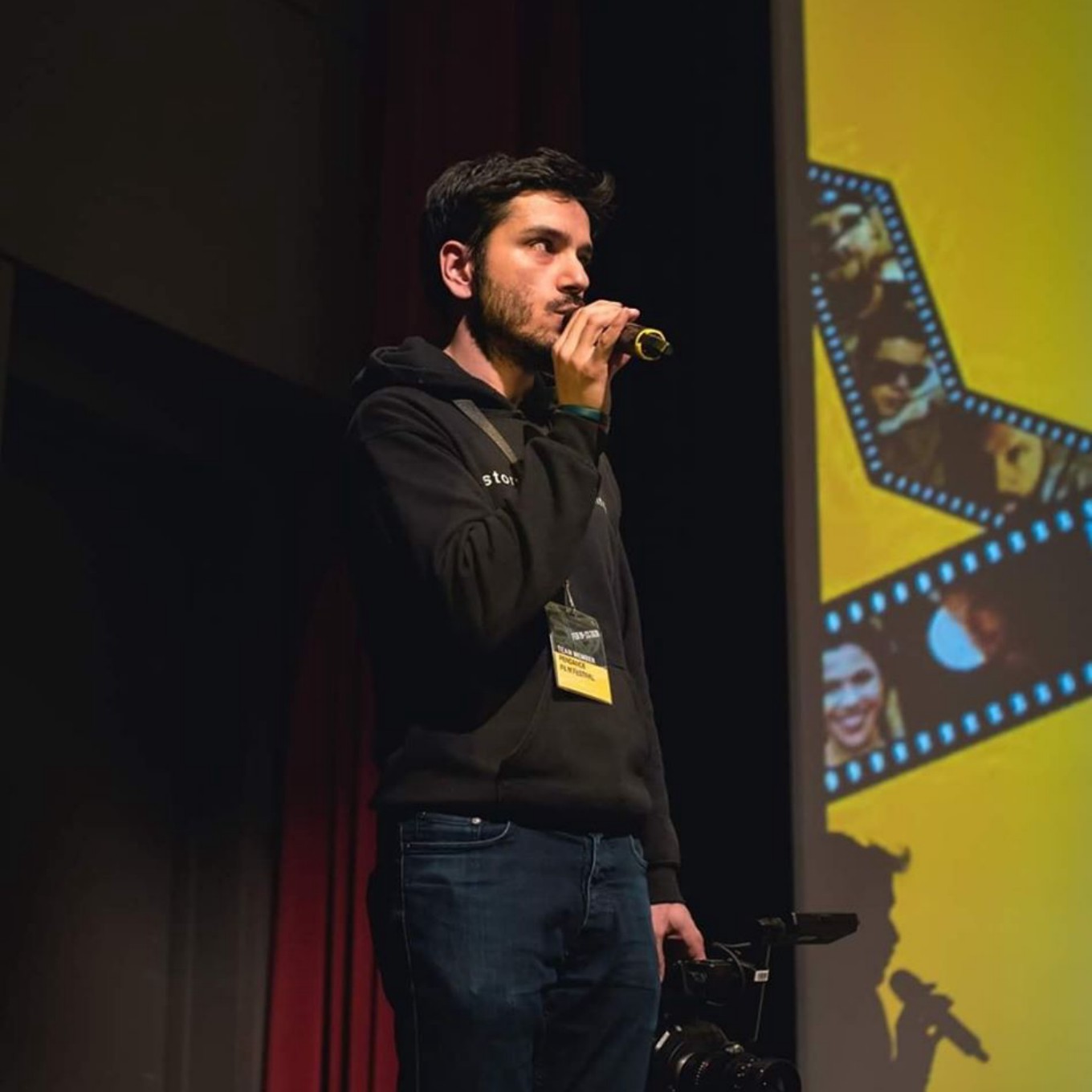 Robert Misovic is a Serbian-Canadian writer/director, the founder of the Pensare Films Studio in Toronto, and the festival director for the Pendance Film Festival. If you’d like to stay up to date with Pendance, follow @pendancefilmfestival. If you’d like to keep up with Rob on social media, you can find him on instagram @pensare.films or reach him directly at robert.misovic@pensarefilms.com.
Robert Misovic is a Serbian-Canadian writer/director, the founder of the Pensare Films Studio in Toronto, and the festival director for the Pendance Film Festival. If you’d like to stay up to date with Pendance, follow @pendancefilmfestival. If you’d like to keep up with Rob on social media, you can find him on instagram @pensare.films or reach him directly at robert.misovic@pensarefilms.com.




 There’s a juxtaposition at the heart of Guillermo and Javier Fesser de Petino‘s The Invisible Monster—how can a film about such a heartbreaking topic be this gorgeous? Both brothers are masterful and accomplished Spanish filmmakers with a list of career accomplishments so long it would span the length of this article to list them.
There’s a juxtaposition at the heart of Guillermo and Javier Fesser de Petino‘s The Invisible Monster—how can a film about such a heartbreaking topic be this gorgeous? Both brothers are masterful and accomplished Spanish filmmakers with a list of career accomplishments so long it would span the length of this article to list them.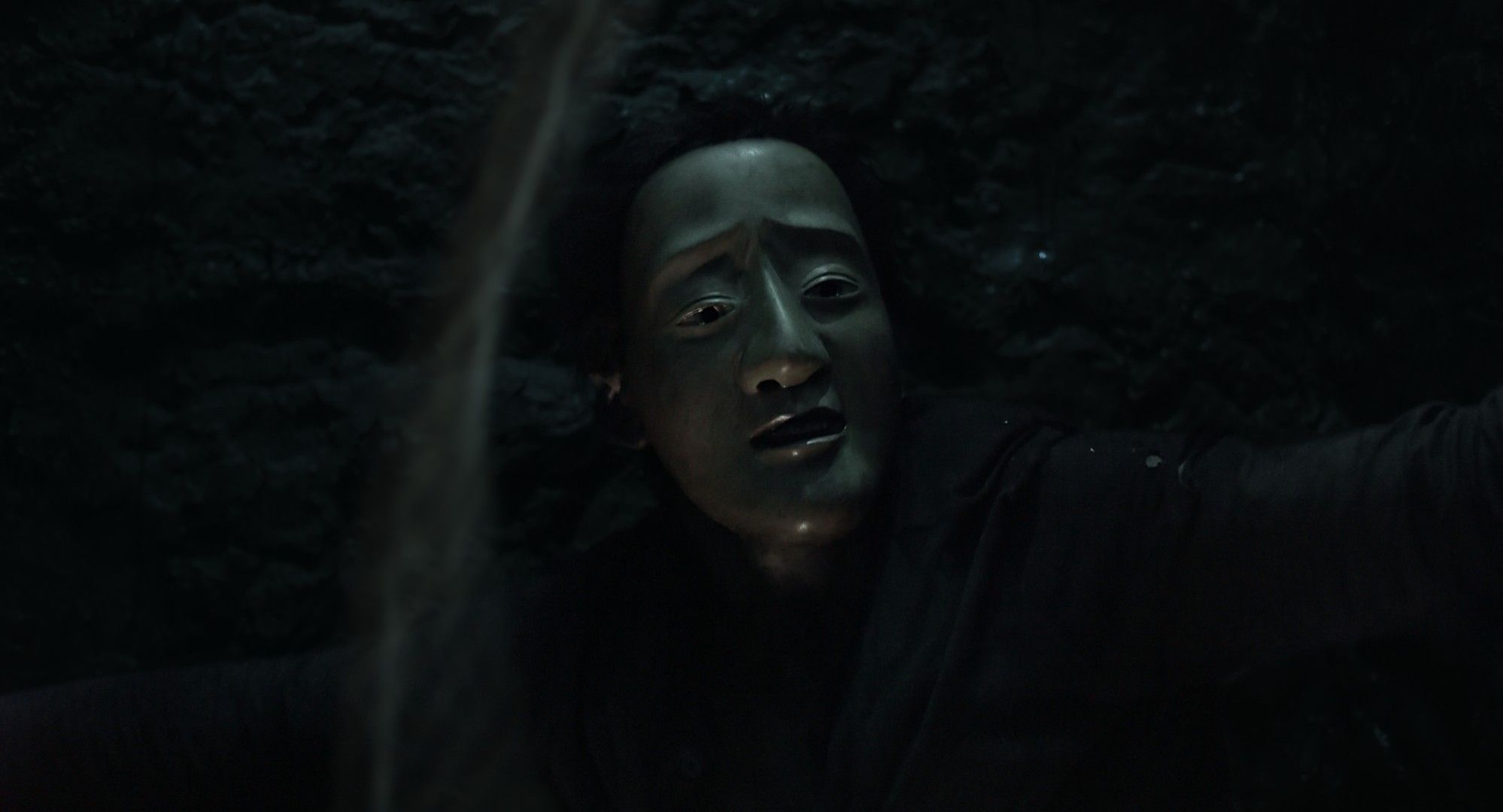
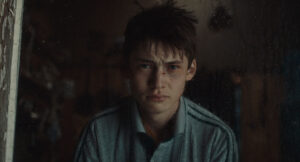
 We had a strange Greek entry in the Midnight block in 2019 with Fake News, and 2021 re-welcomes Greece to Pendance Midnight with Take It And End It by Kirineos Papadimatos. The film is a delightfully allegorical tale about a butcher who refuses to kill a veal he’s grown to view as his own child.
We had a strange Greek entry in the Midnight block in 2019 with Fake News, and 2021 re-welcomes Greece to Pendance Midnight with Take It And End It by Kirineos Papadimatos. The film is a delightfully allegorical tale about a butcher who refuses to kill a veal he’s grown to view as his own child.
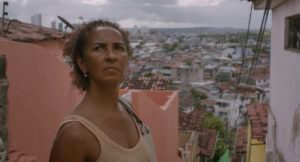

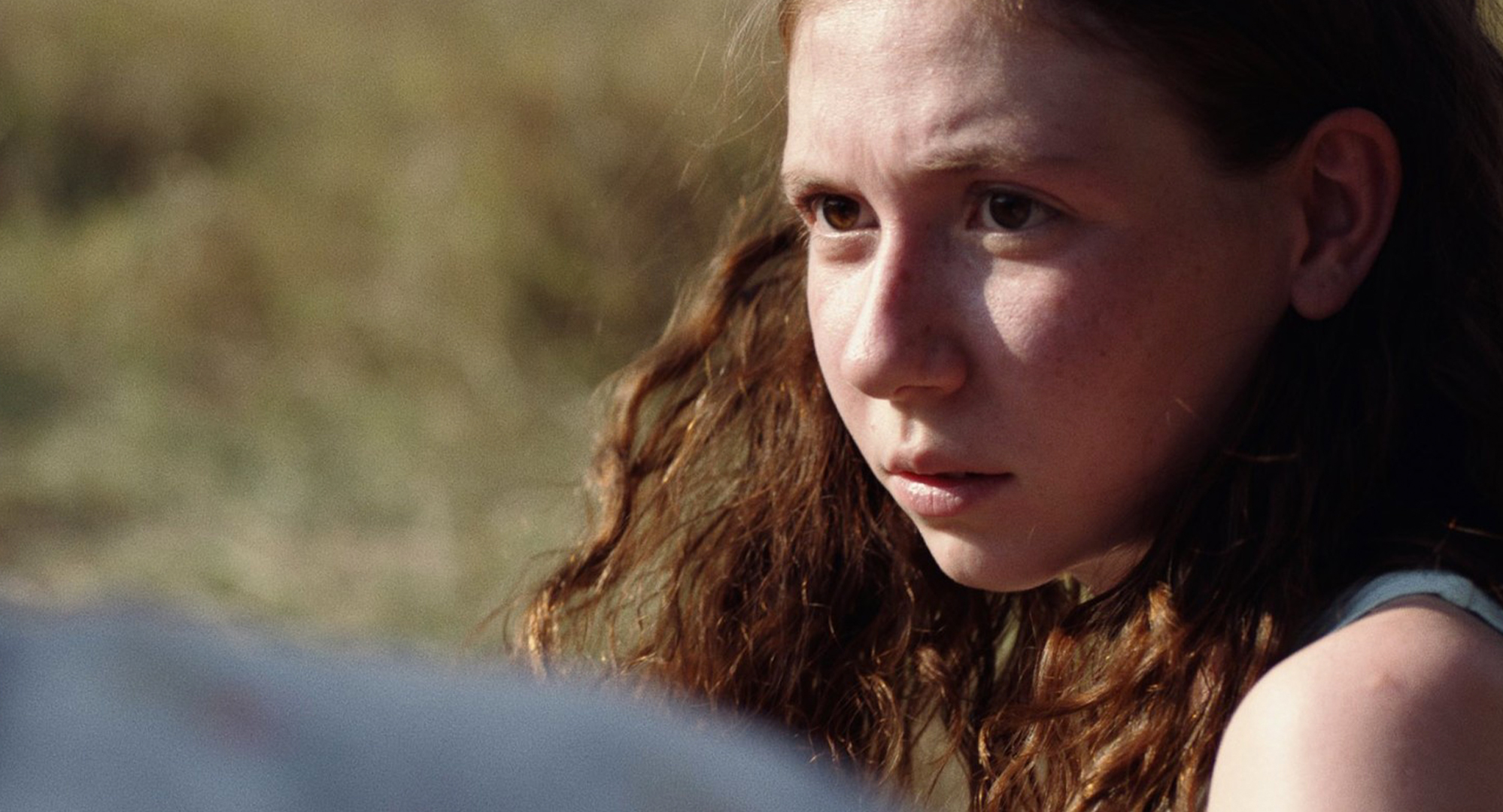

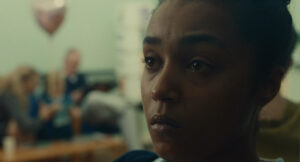


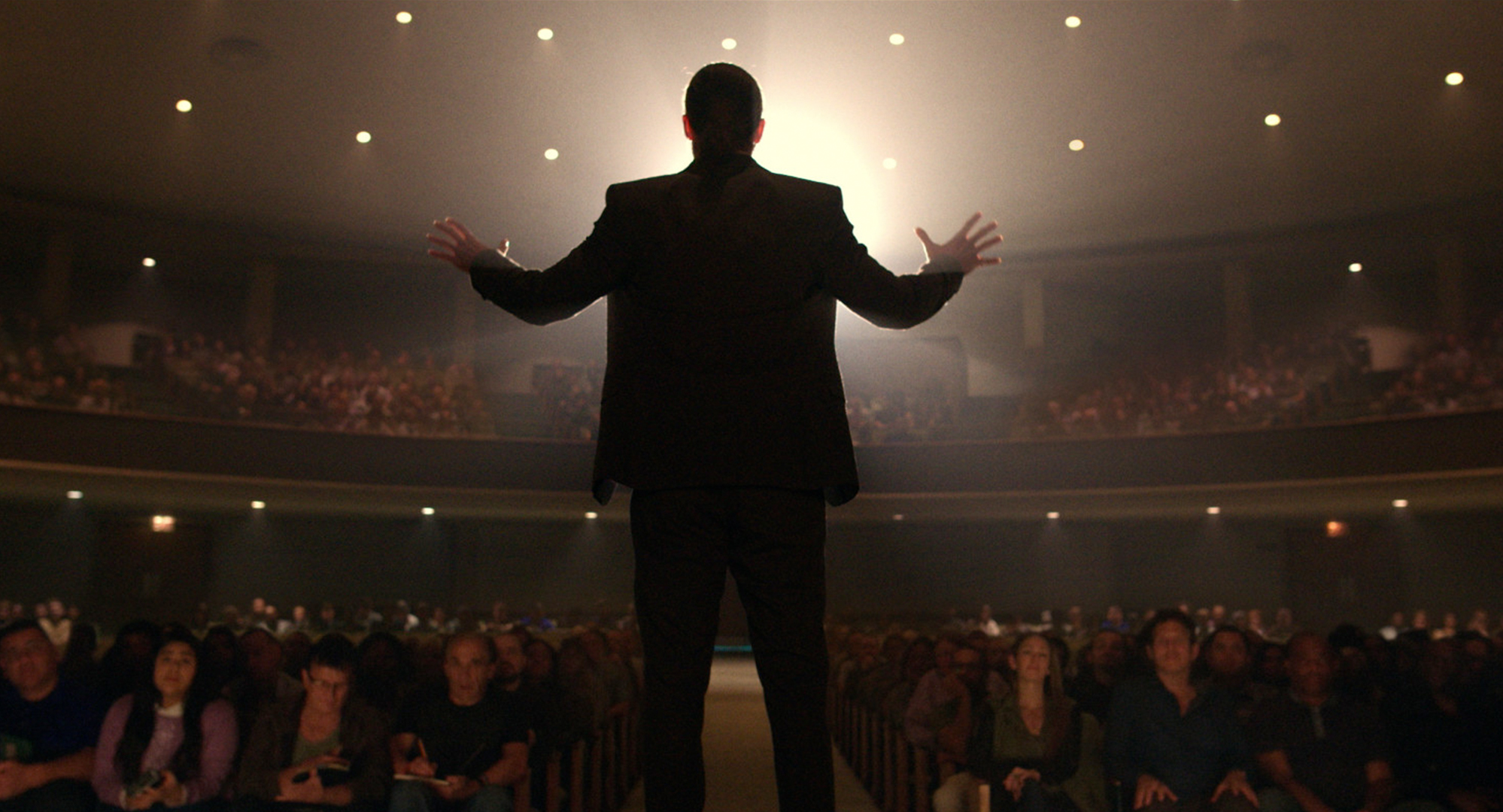



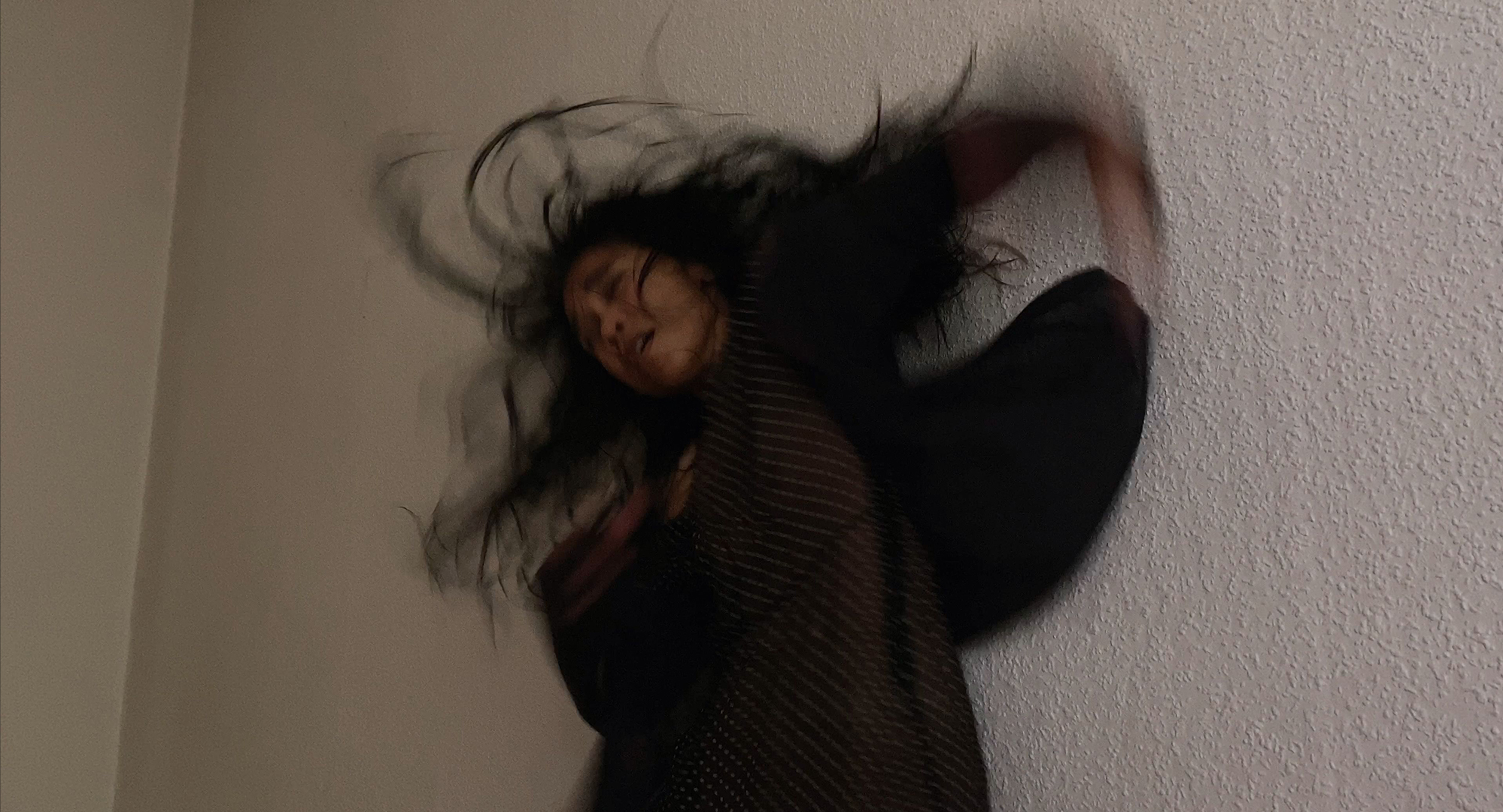
 The first of two Pendance Alumni with shorts in the Cinema Mon Amour Short Block is Jonas Riemer with The One Who Crossed the Sea.
The first of two Pendance Alumni with shorts in the Cinema Mon Amour Short Block is Jonas Riemer with The One Who Crossed the Sea.


 Robert Misovic is a Serbian-Canadian writer and director, the founder of the Pensare Films Studio in Toronto, and the festival director for the Pendance Film Festival. If you’d like to keep up with Rob on social media, you can find him on instagram @pensare.films or reach him directly at robert.misovic@pensarefilms.com
Robert Misovic is a Serbian-Canadian writer and director, the founder of the Pensare Films Studio in Toronto, and the festival director for the Pendance Film Festival. If you’d like to keep up with Rob on social media, you can find him on instagram @pensare.films or reach him directly at robert.misovic@pensarefilms.com 
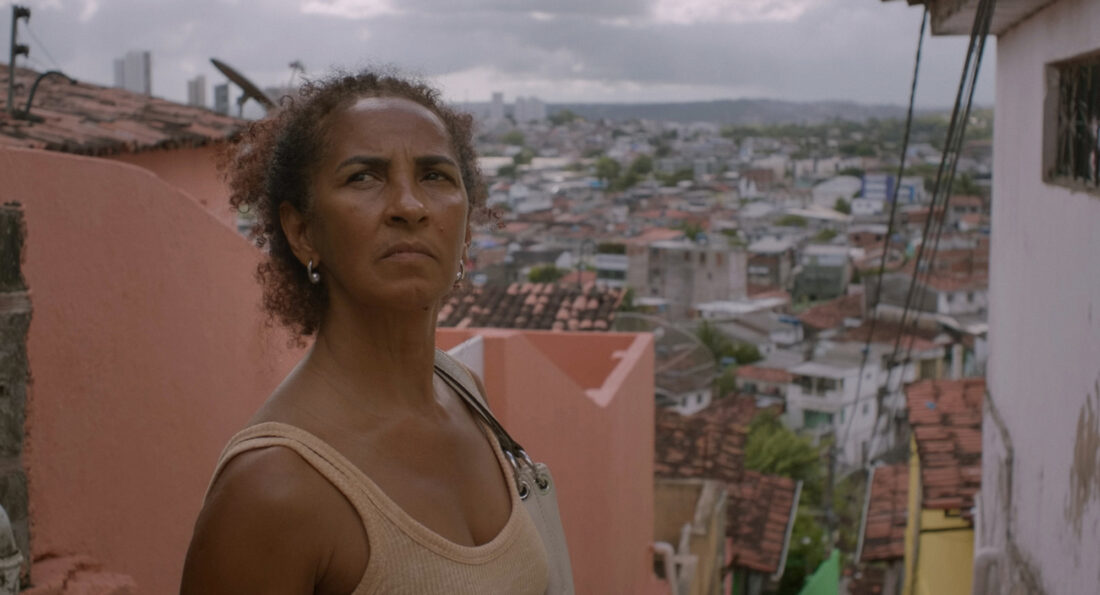

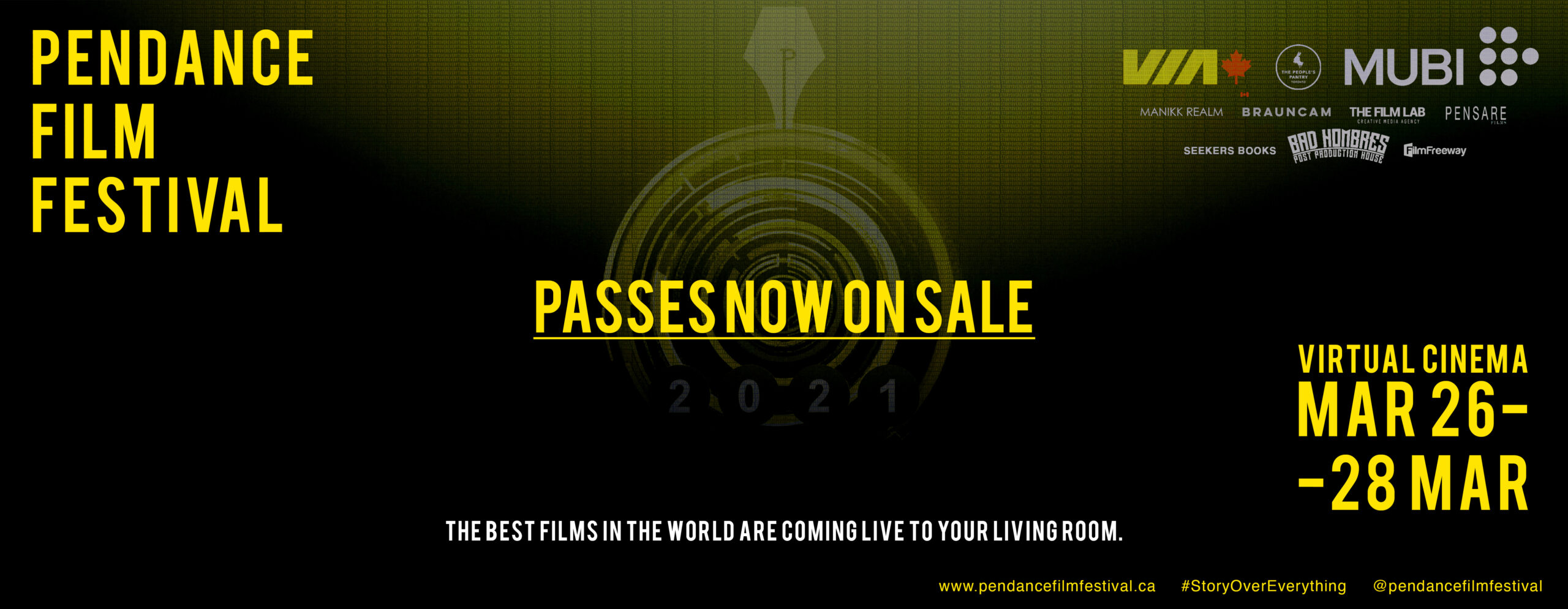
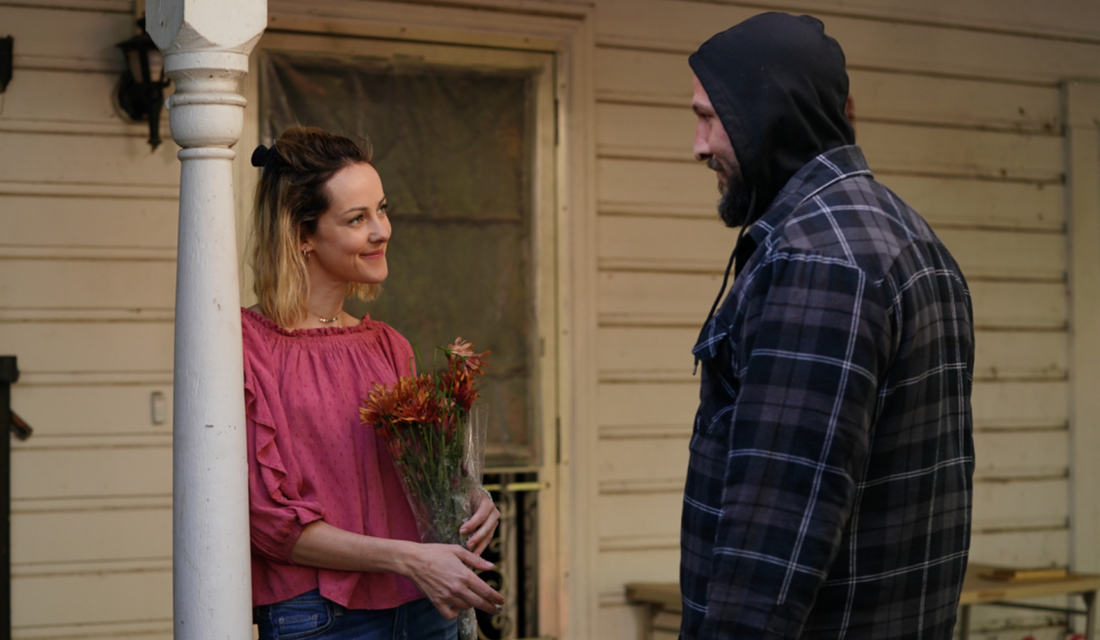
 Friday afternoon is all about documentaries at Pendance. The second feature is The State of Texas VS. Melissa—Sabrina Van Tassel‘s Raindance-winning documentary about Melissa Lucio—the first Hispanic woman ever sentenced to death in the state of Texas.
Friday afternoon is all about documentaries at Pendance. The second feature is The State of Texas VS. Melissa—Sabrina Van Tassel‘s Raindance-winning documentary about Melissa Lucio—the first Hispanic woman ever sentenced to death in the state of Texas.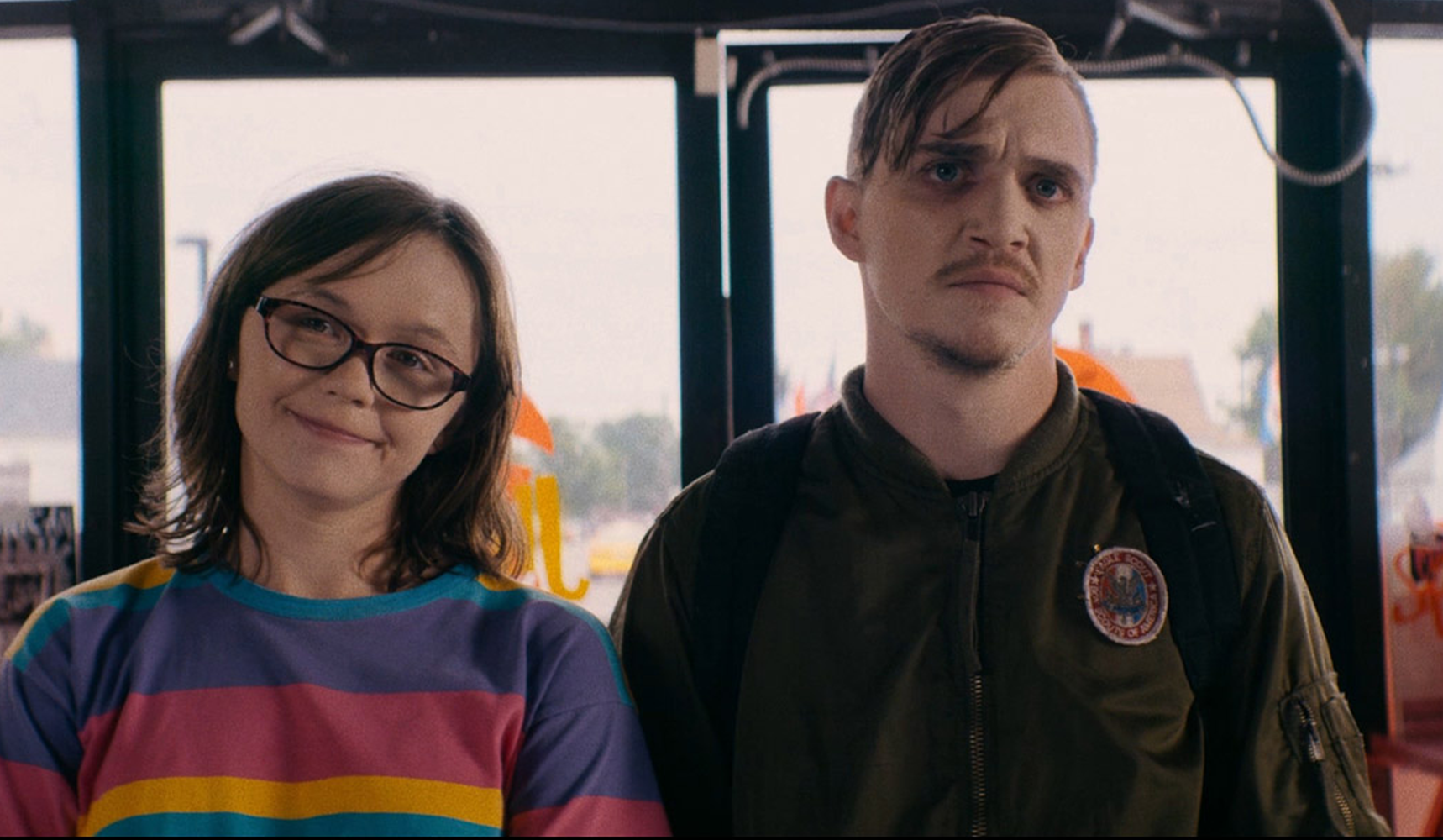
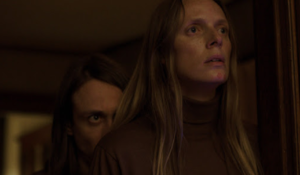 Friday night just became a must-watch event—following up Dinner in America is Colombian-American director Jonathan Cuartas‘ My Heart Can’t Beat Unless You Tell it To. It’s one of the more unique twists on the horror genre—an absolutely haunting family drama which should earn big points from the ‘smart horror’ crowd.
Friday night just became a must-watch event—following up Dinner in America is Colombian-American director Jonathan Cuartas‘ My Heart Can’t Beat Unless You Tell it To. It’s one of the more unique twists on the horror genre—an absolutely haunting family drama which should earn big points from the ‘smart horror’ crowd.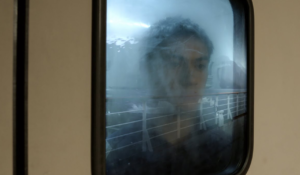
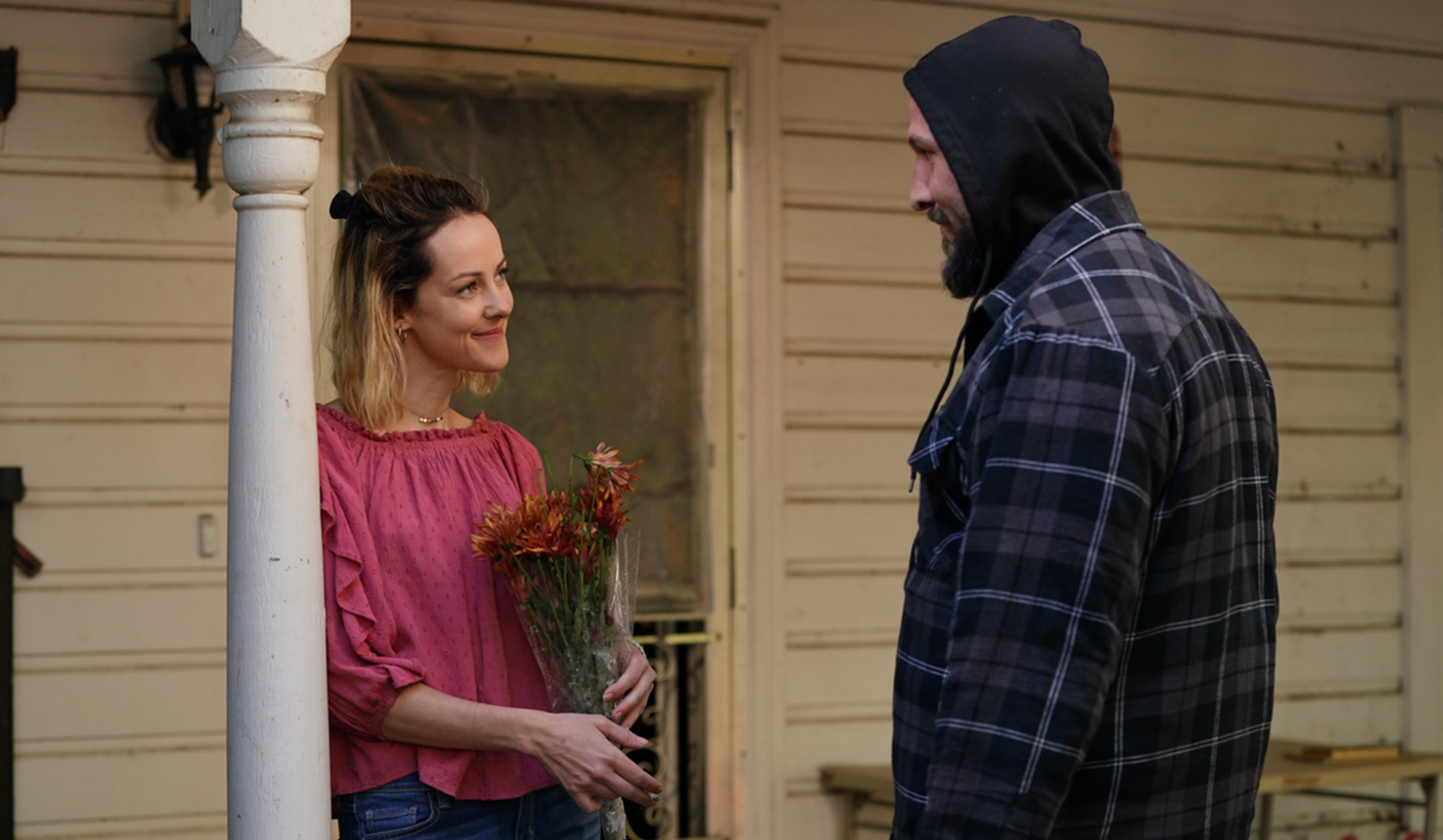

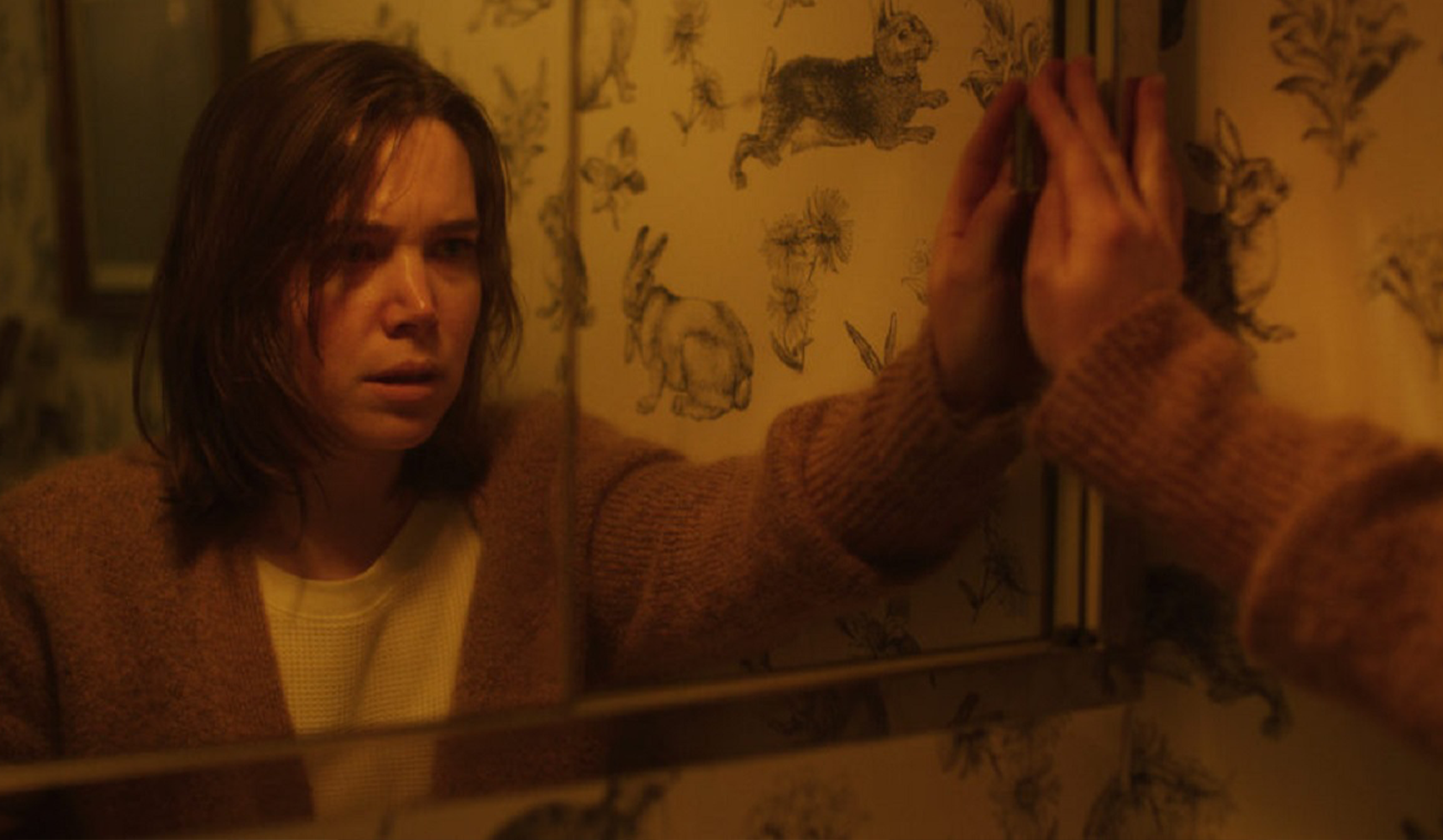
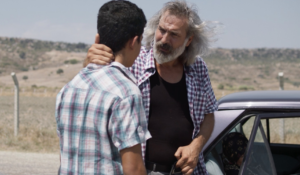
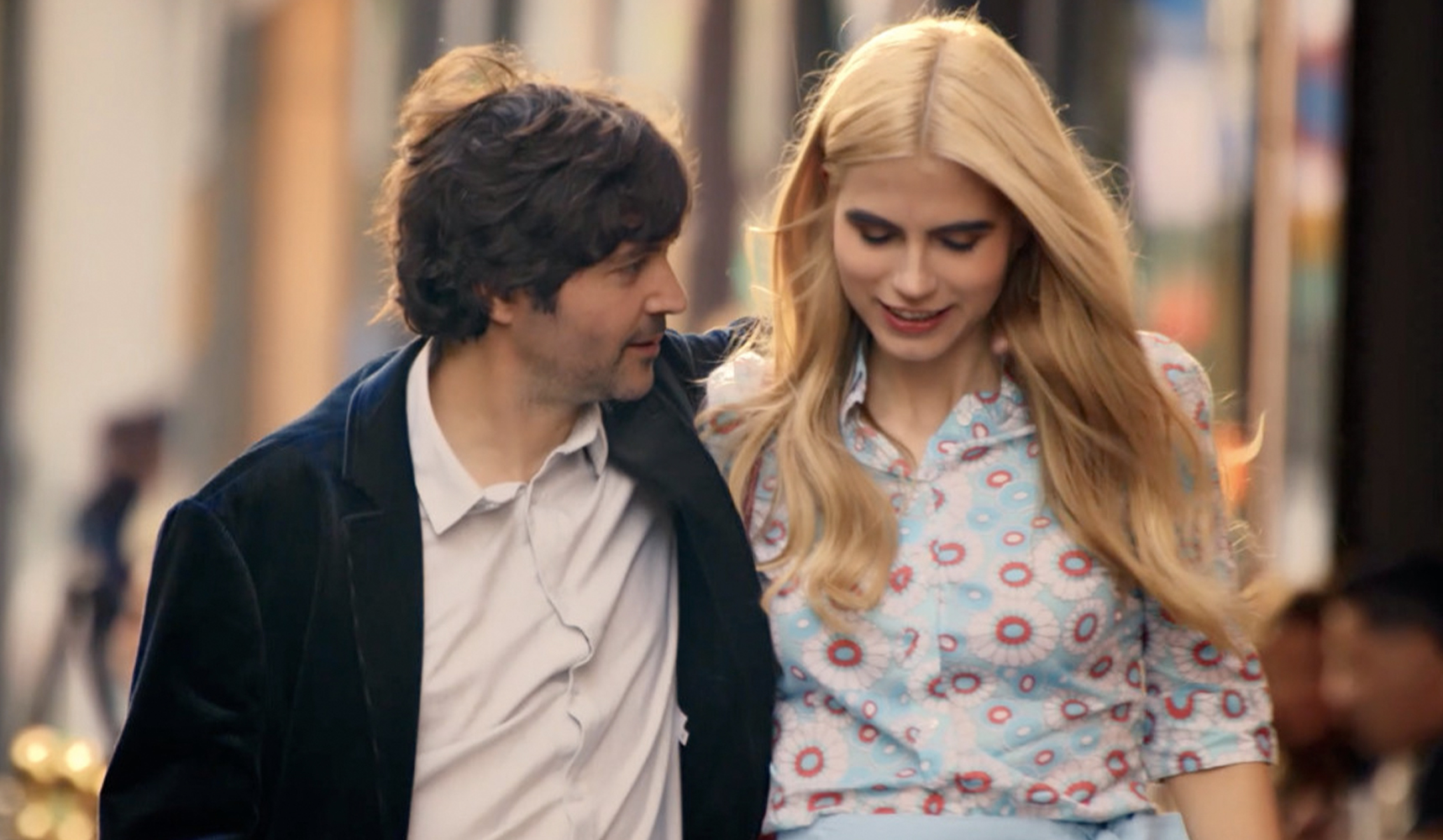
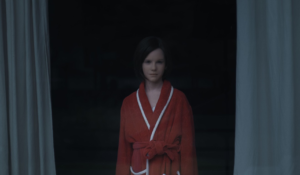
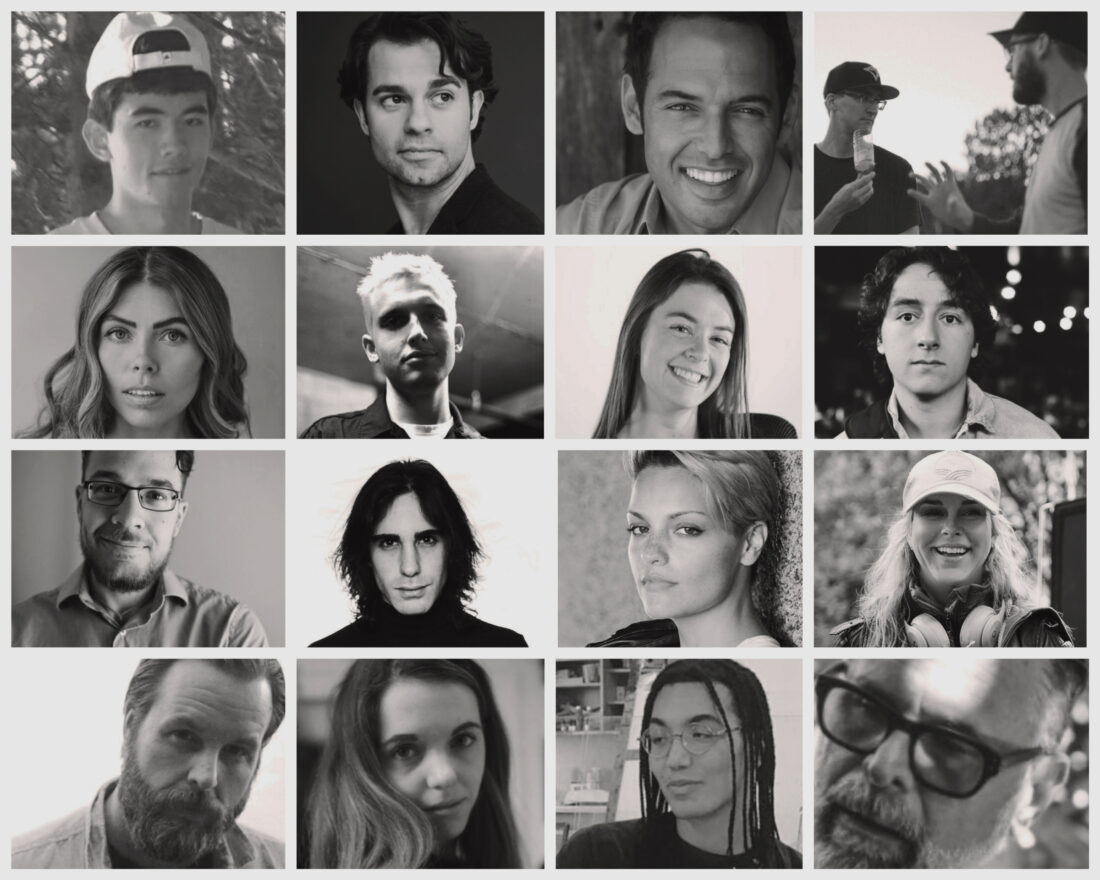
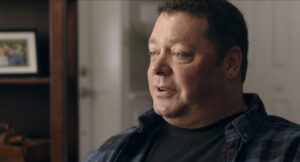

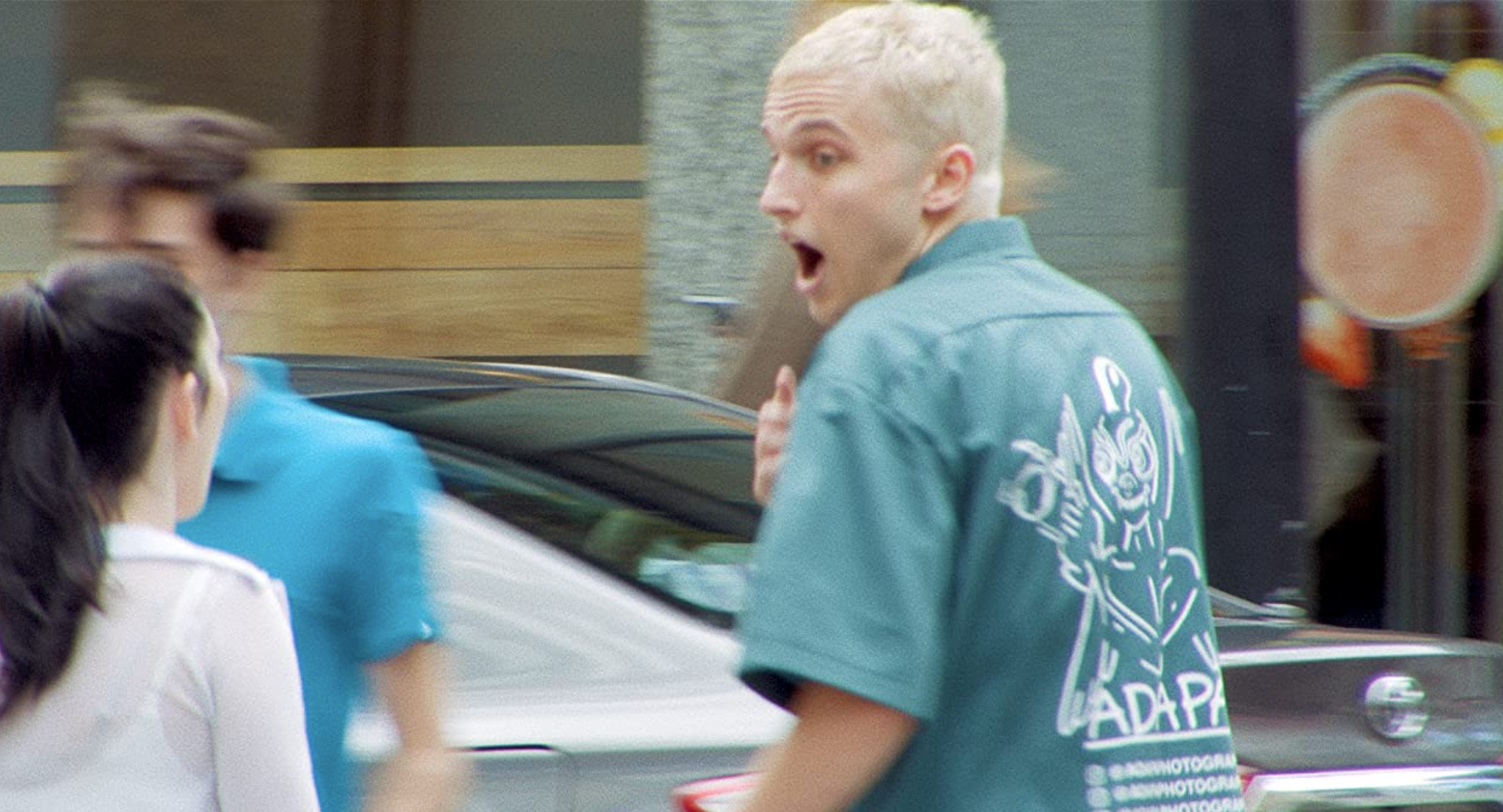


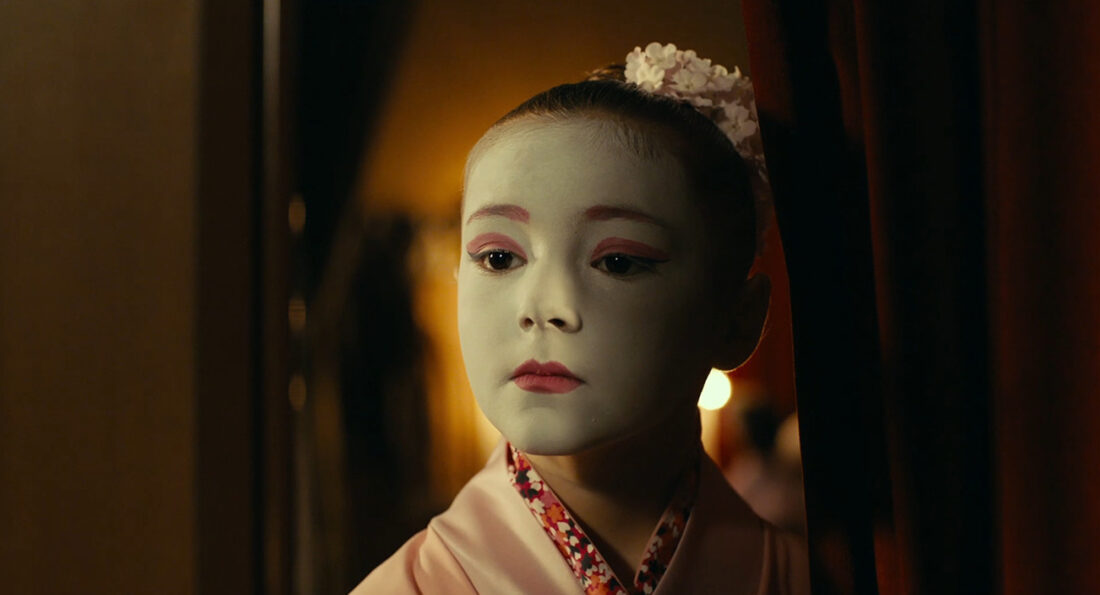
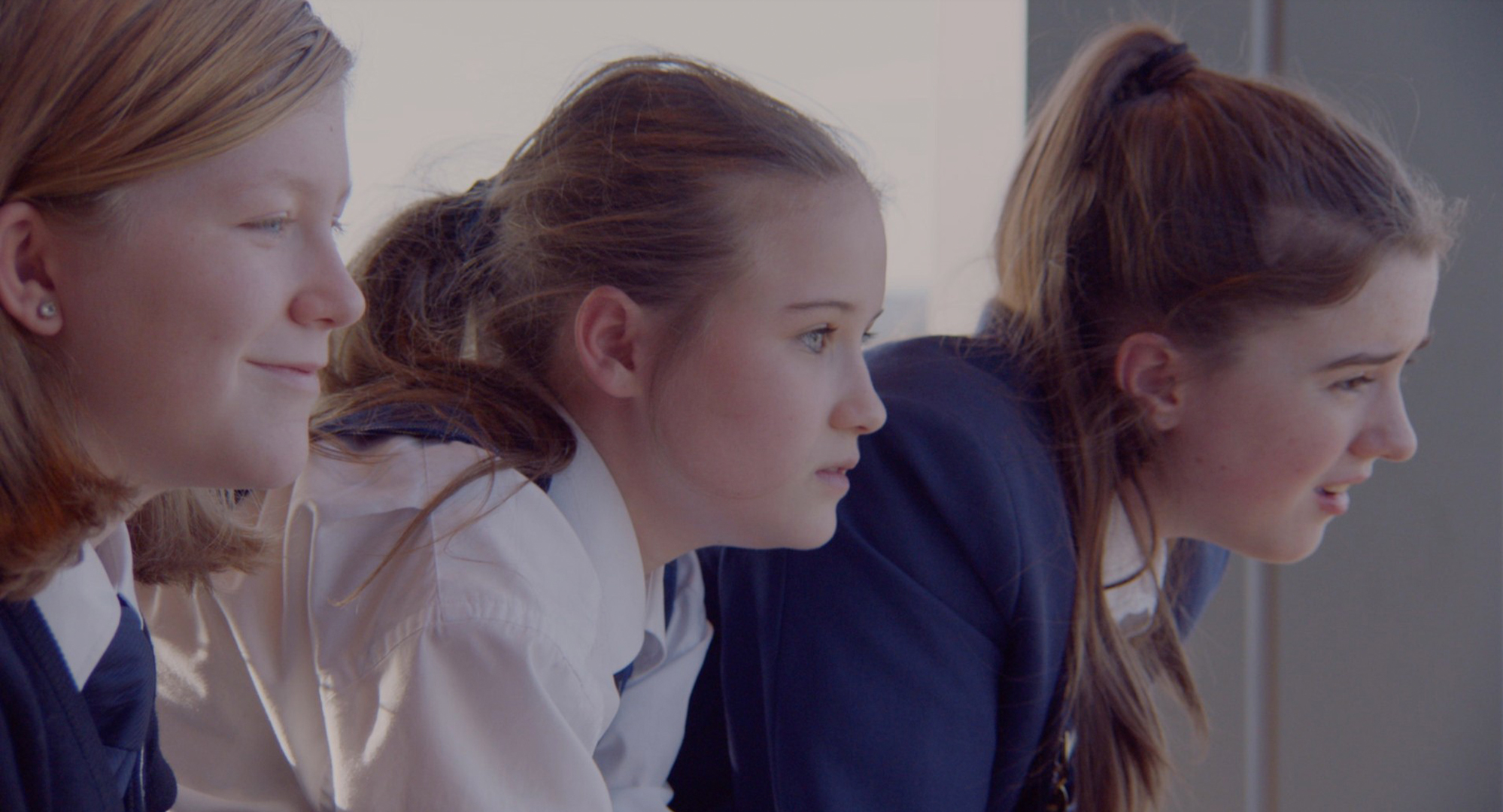
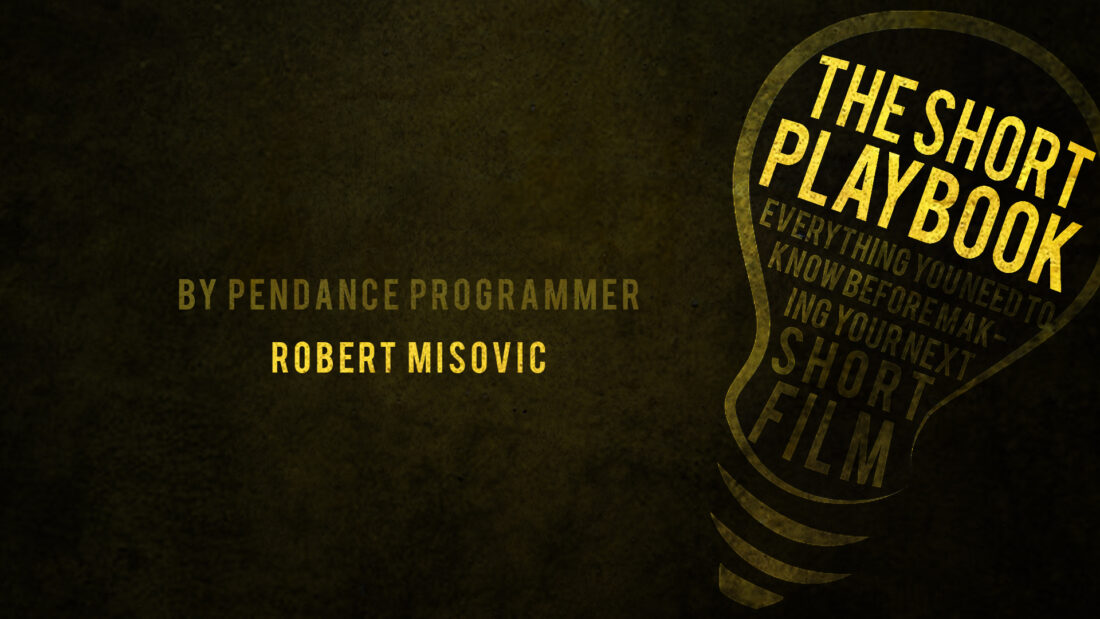












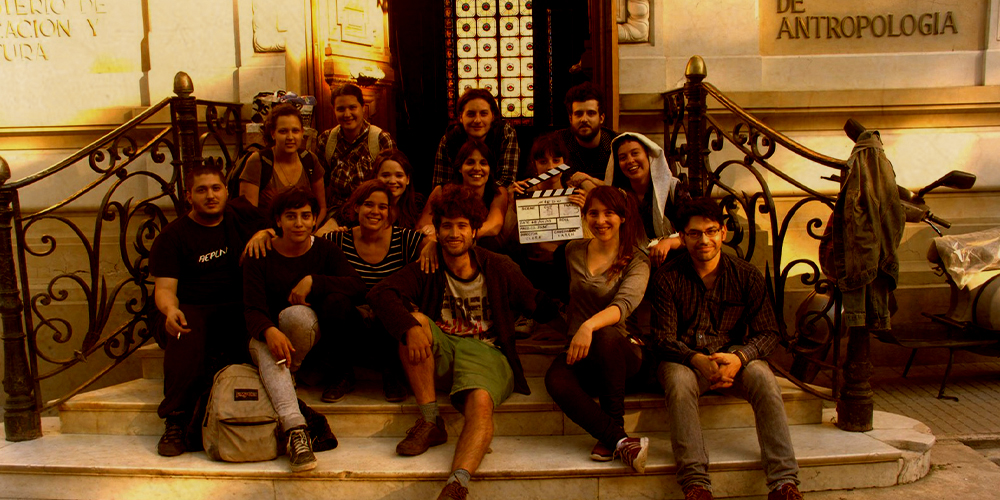
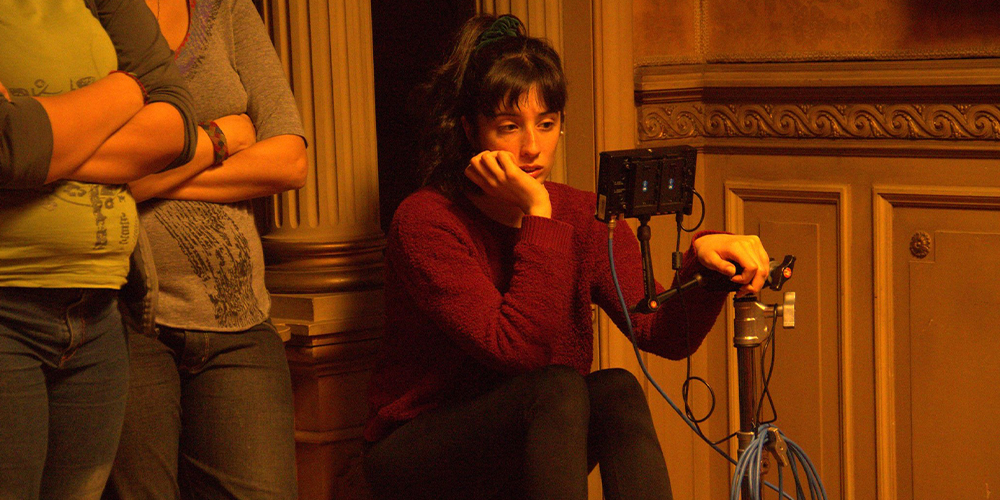
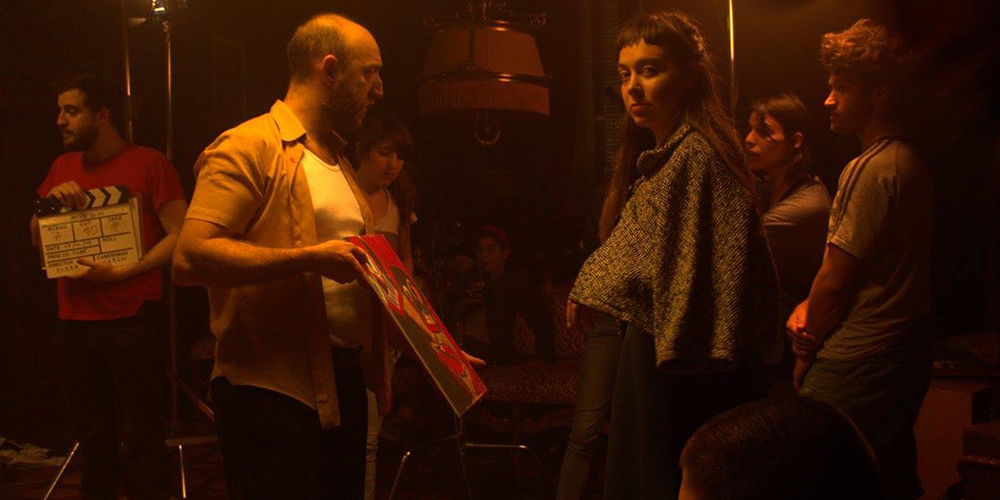
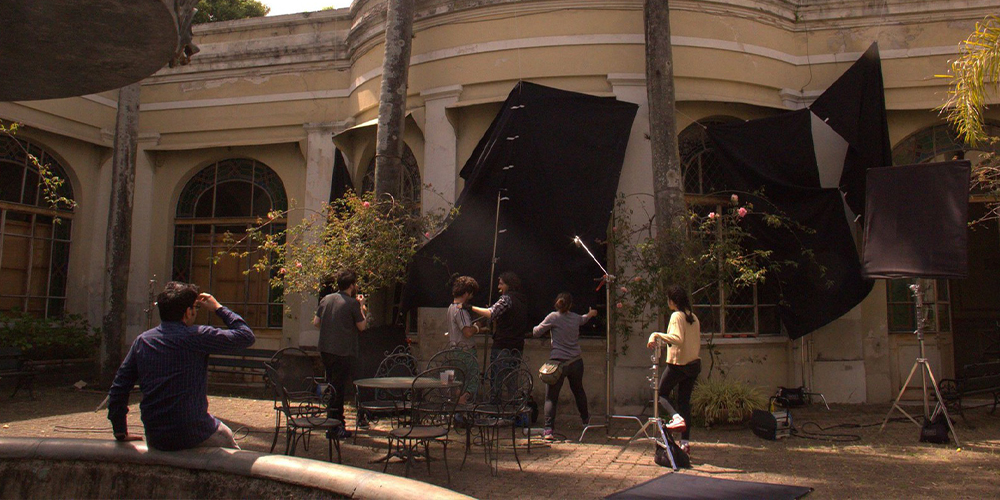
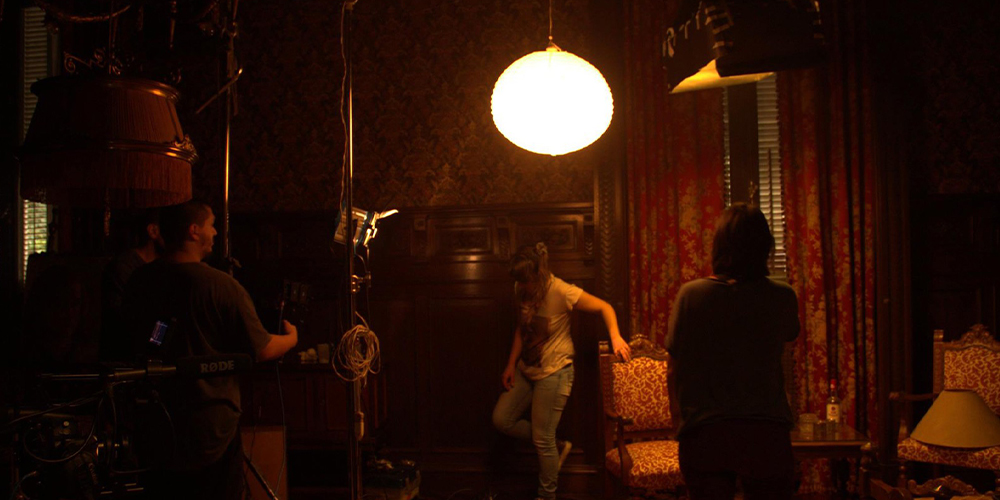
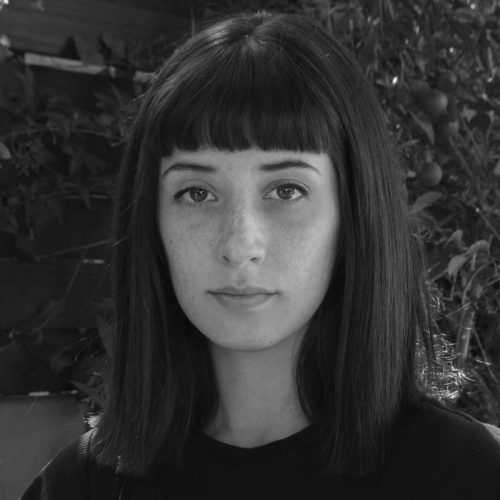
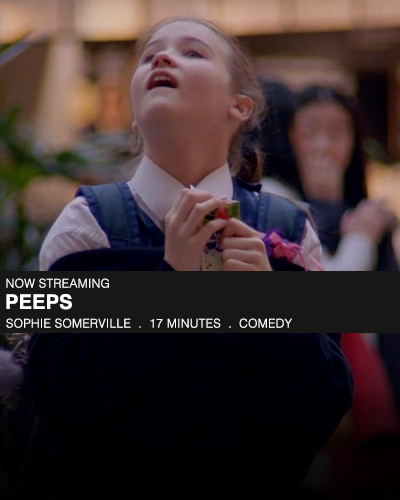
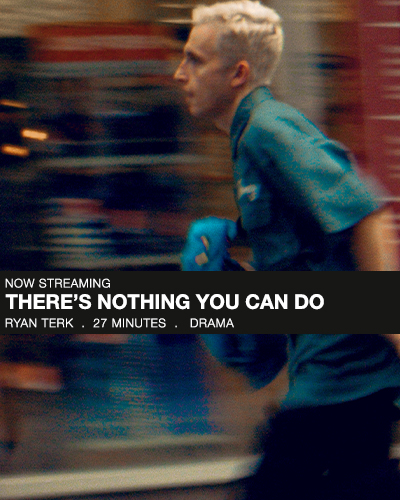
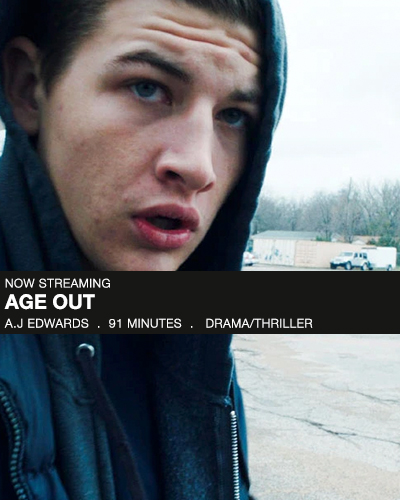
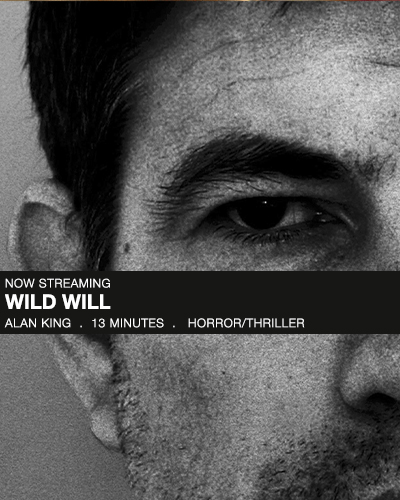
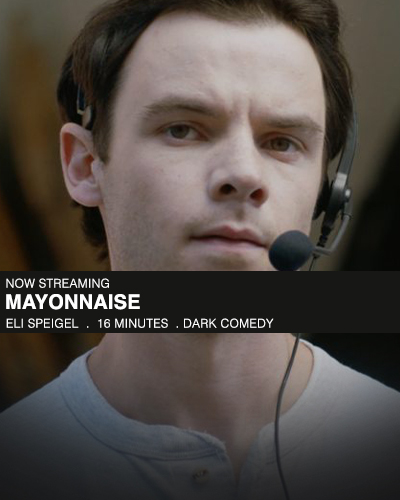
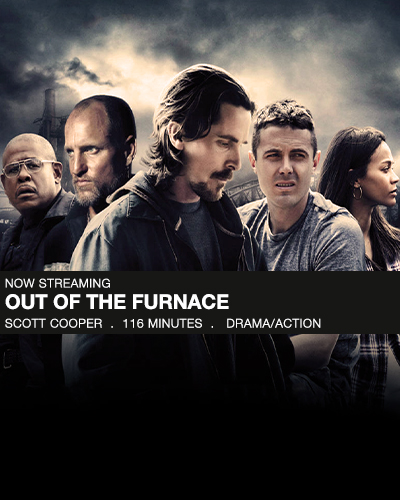
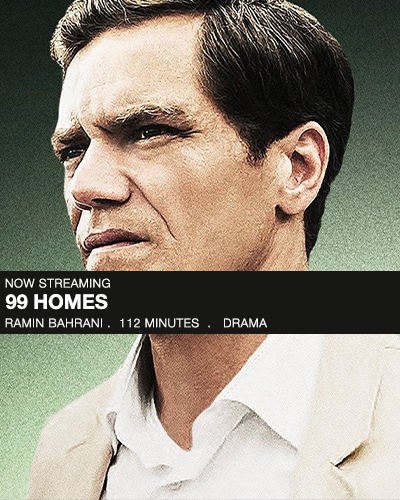
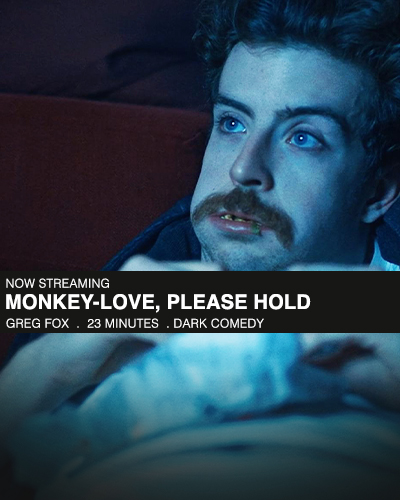
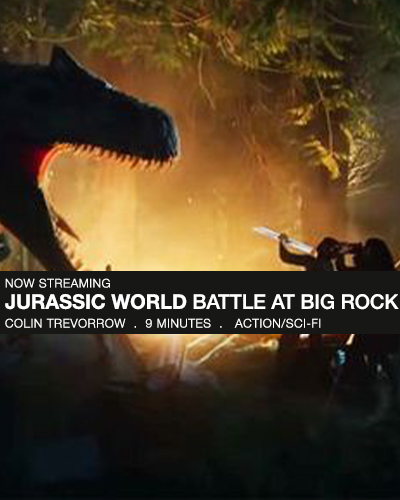
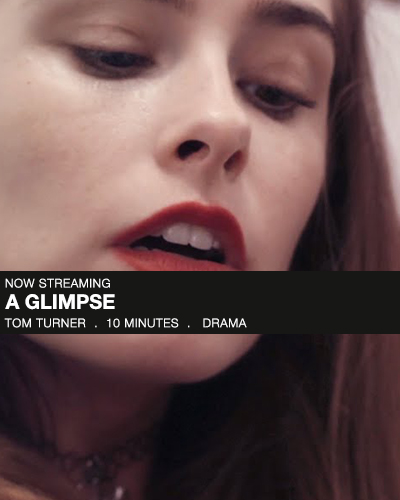
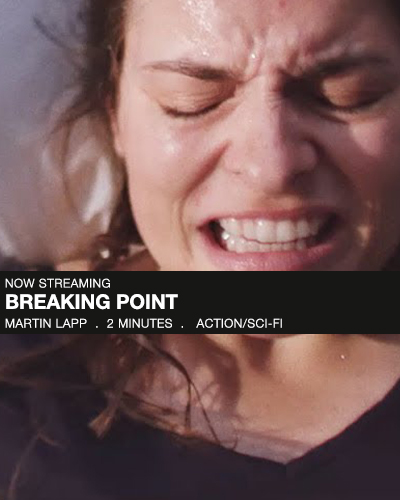
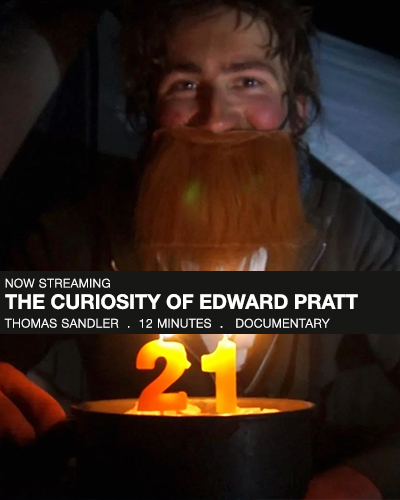
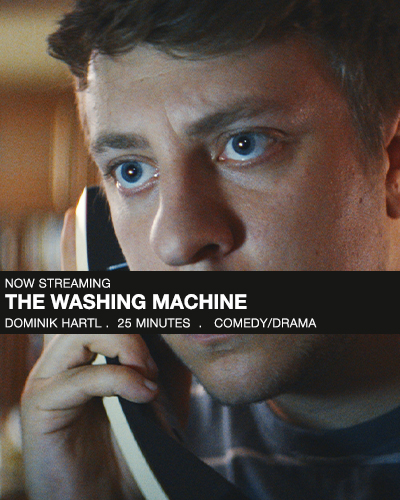
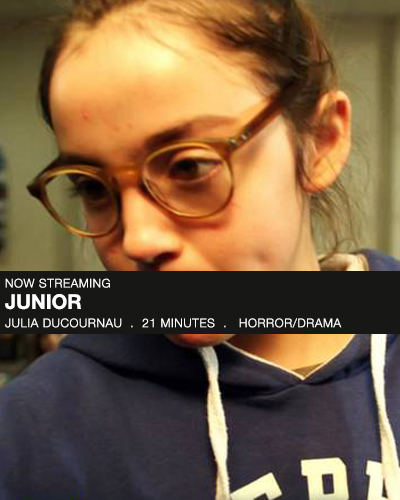
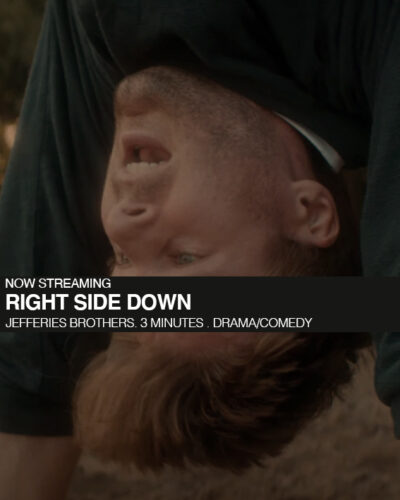
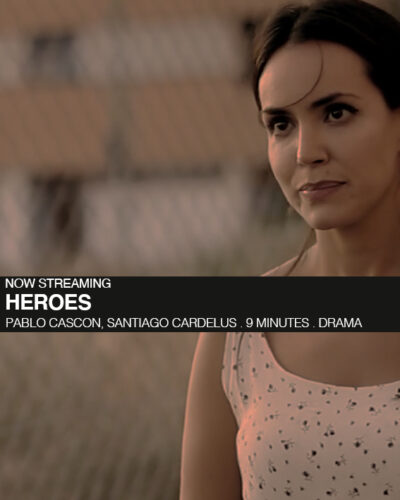
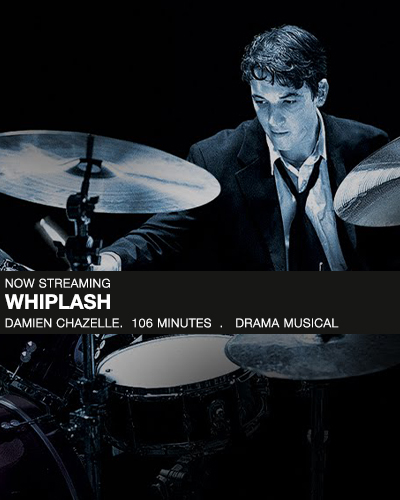

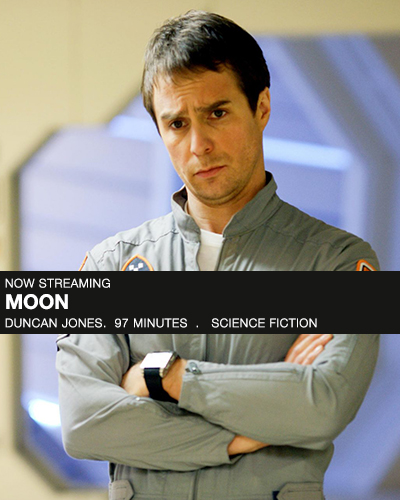
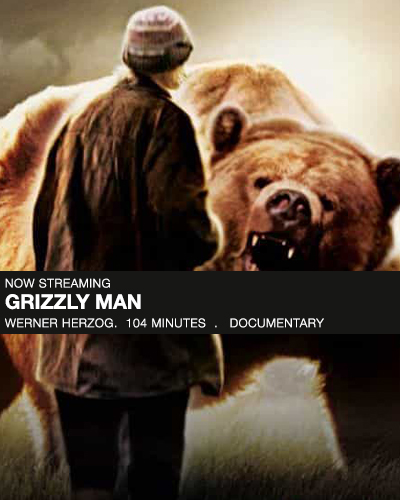
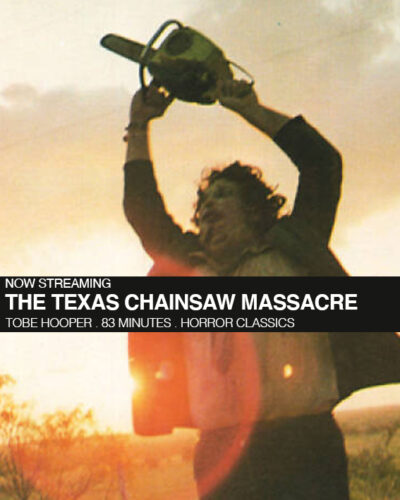
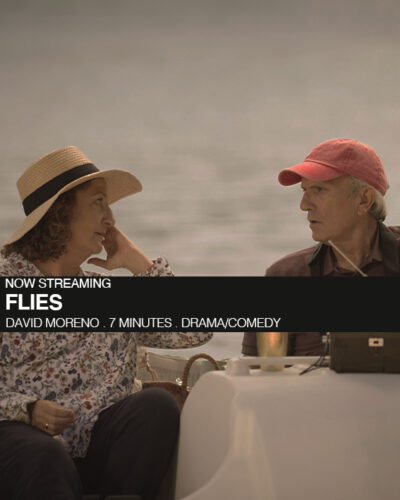
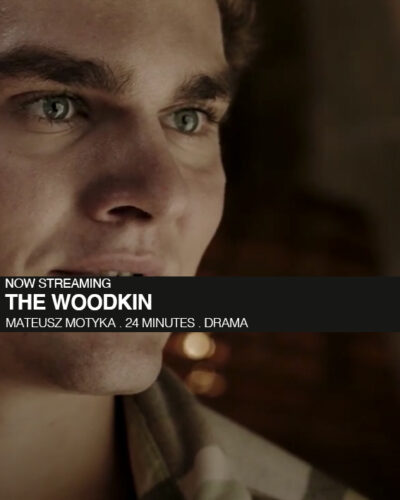
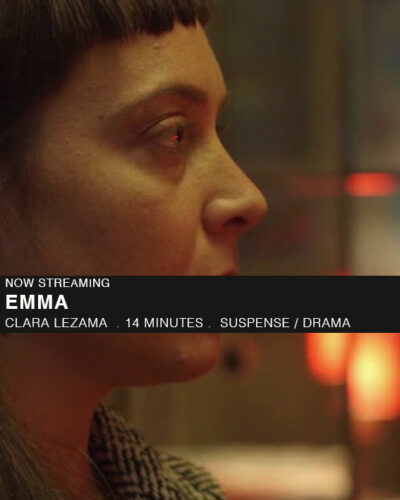
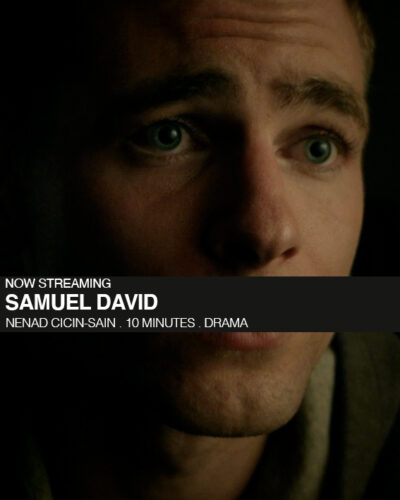
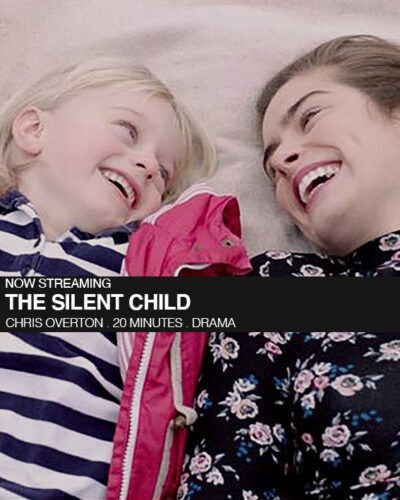
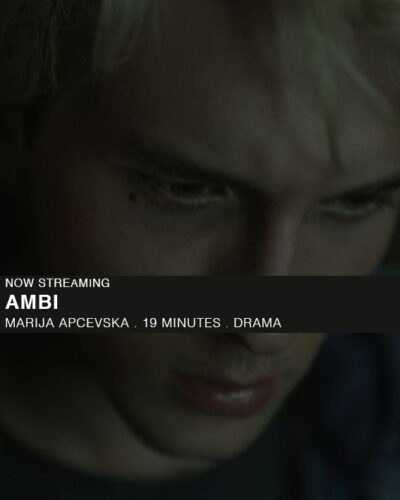
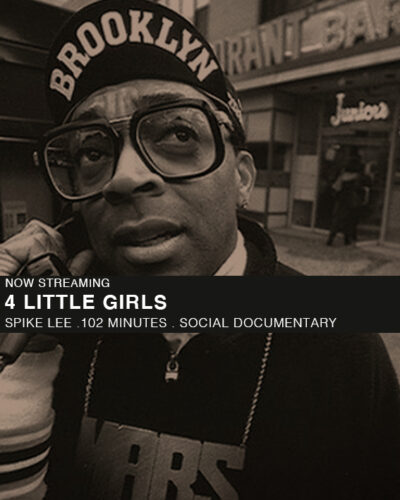
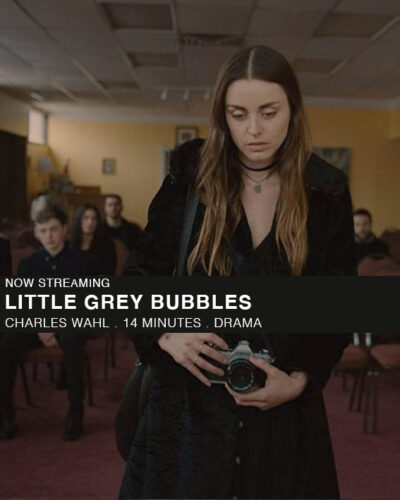
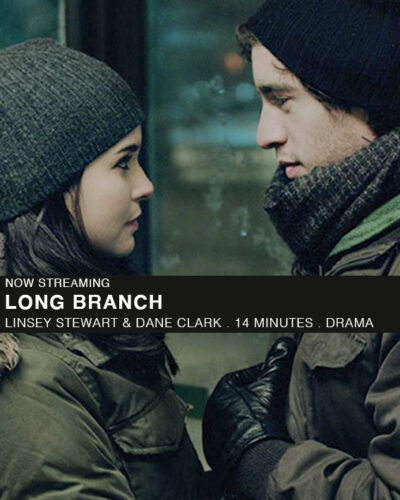
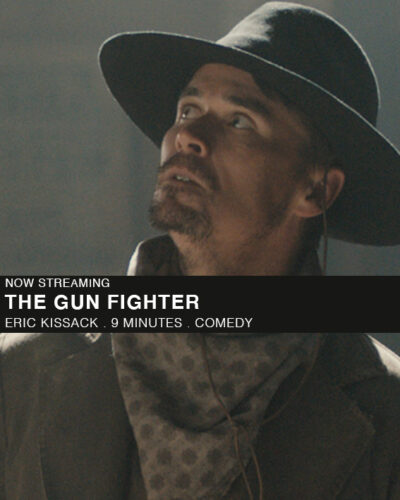
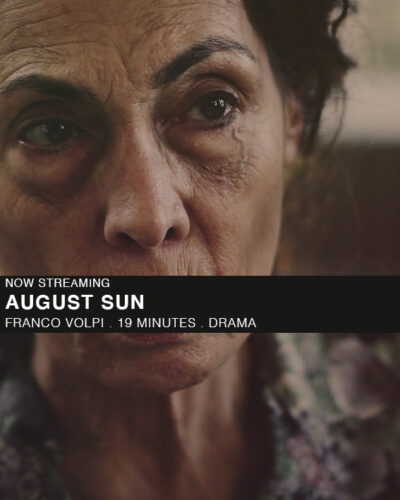
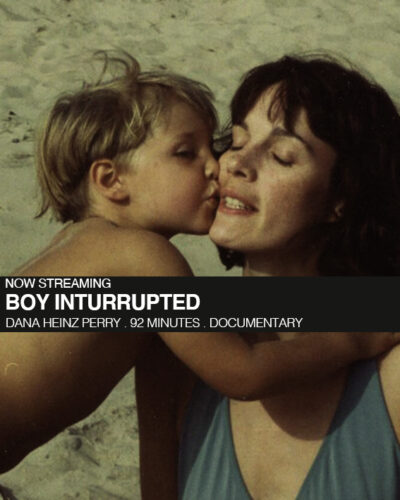
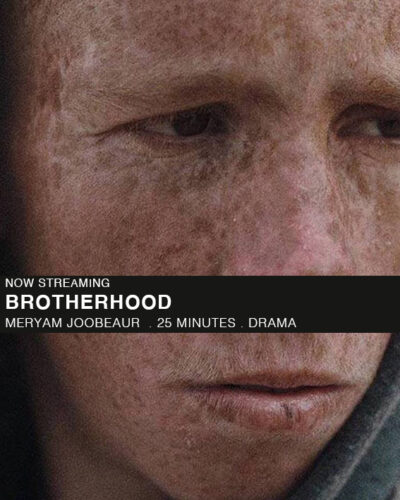
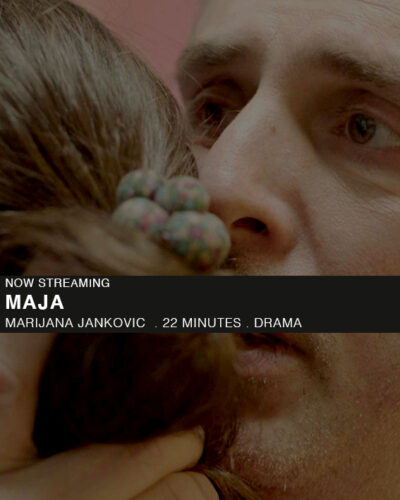
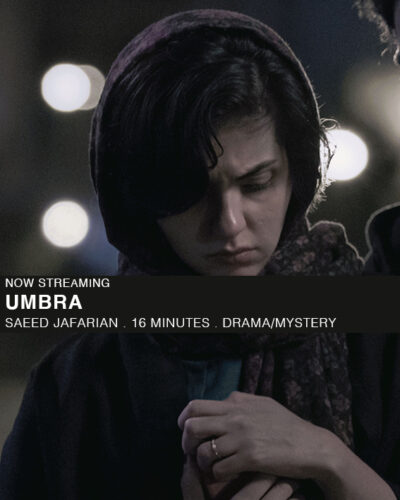
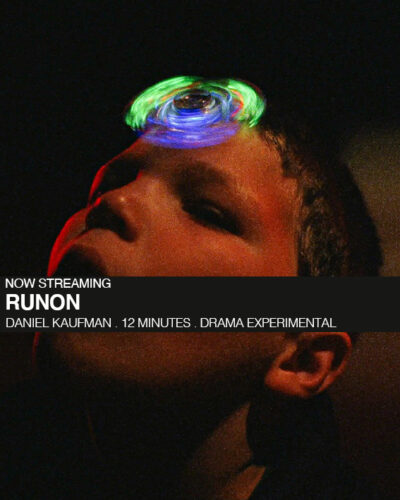

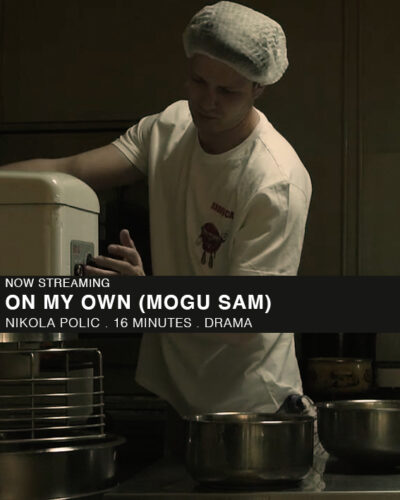
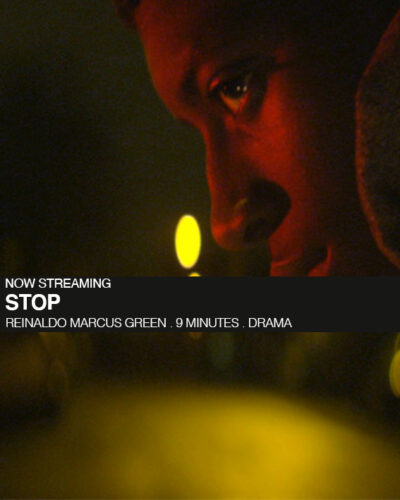
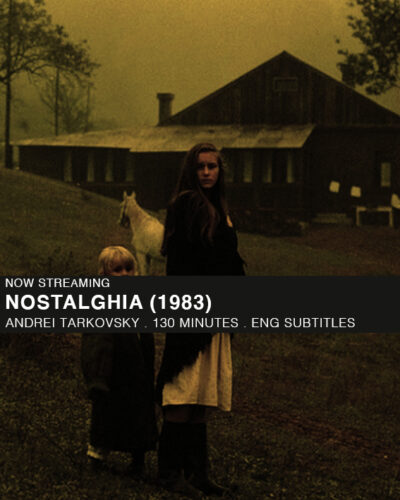
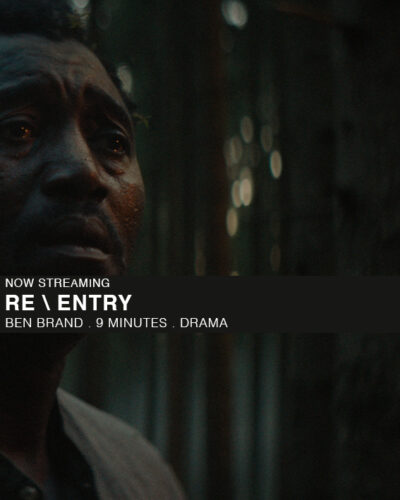
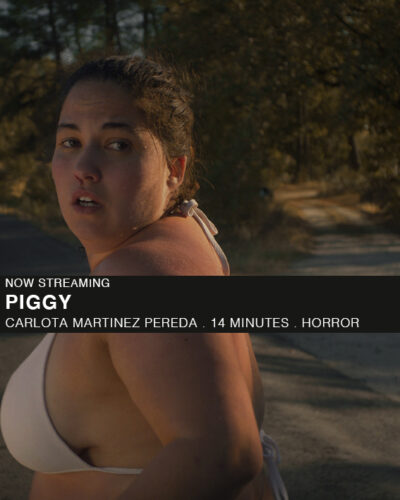
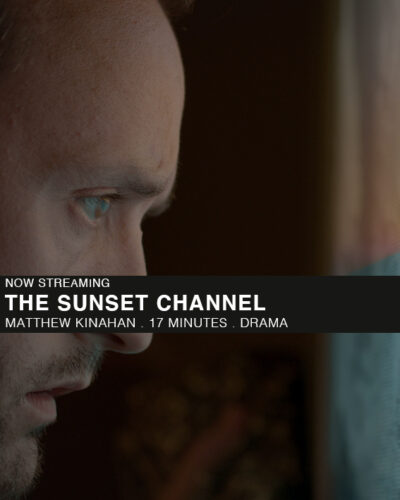
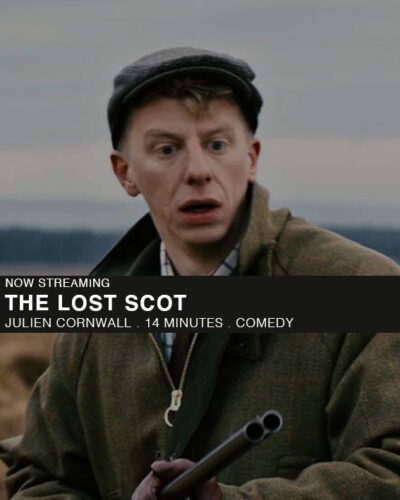
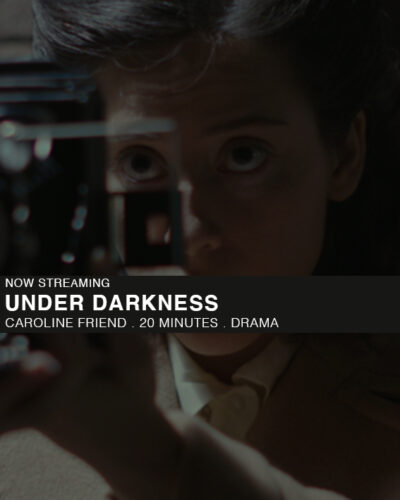
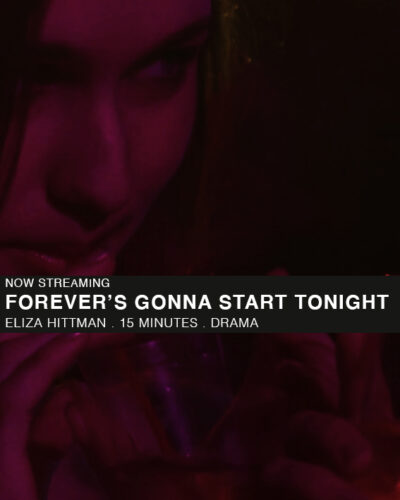
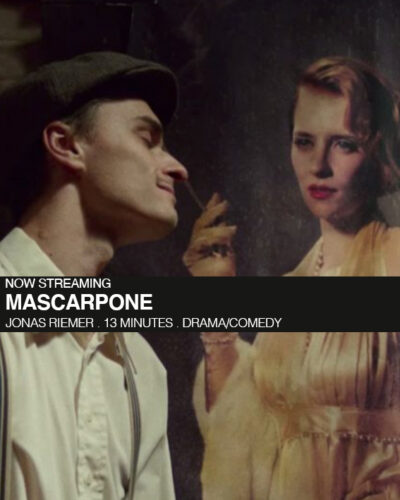
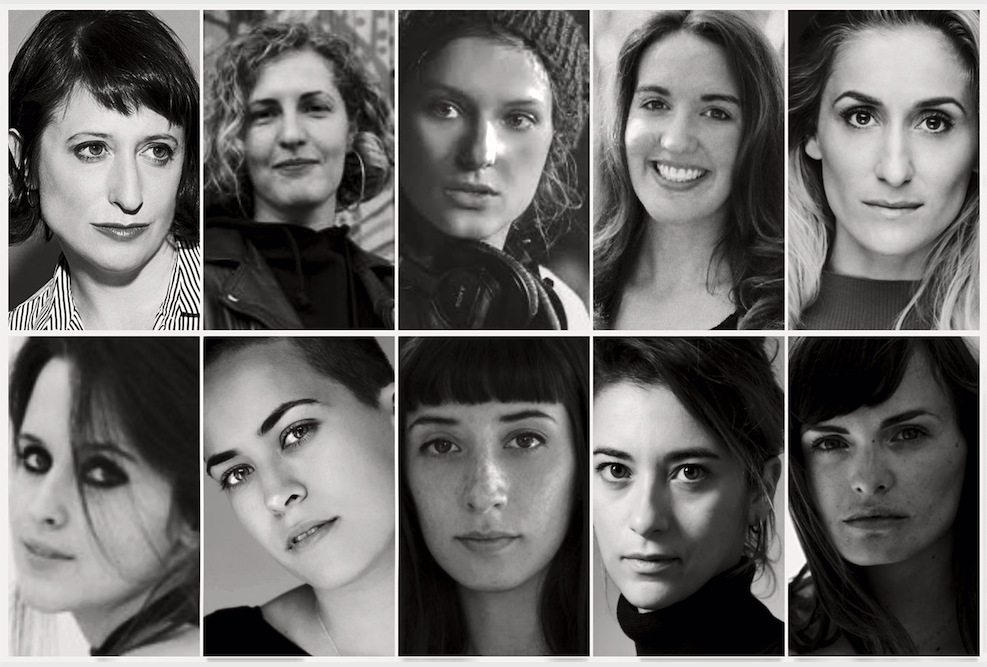





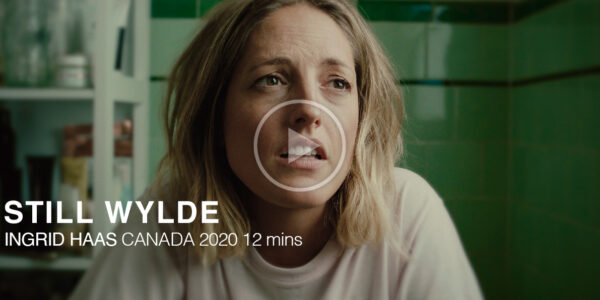
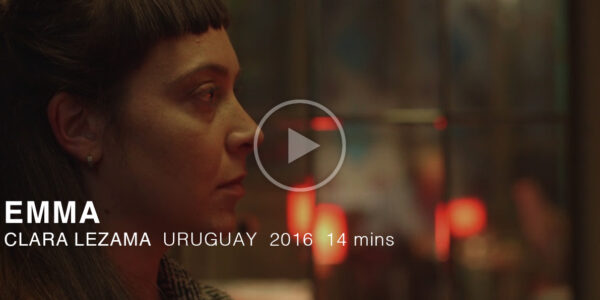
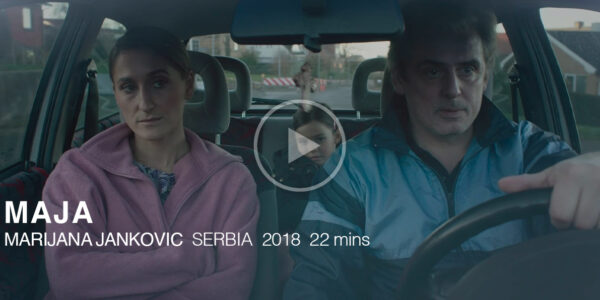
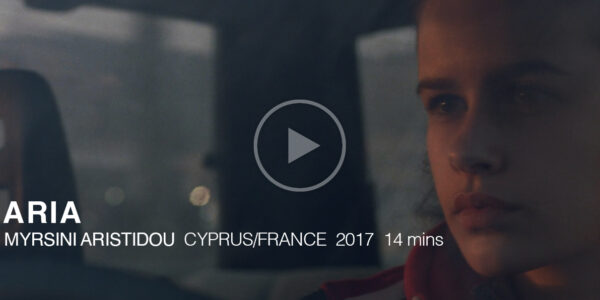
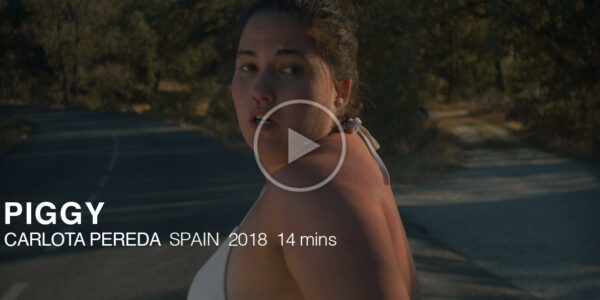
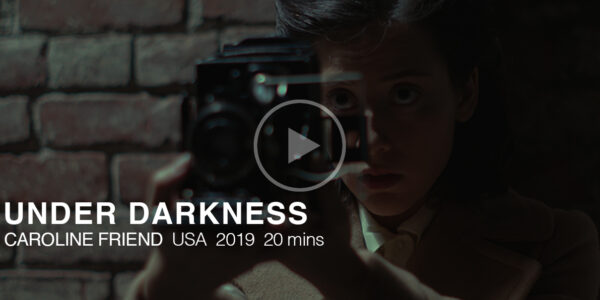
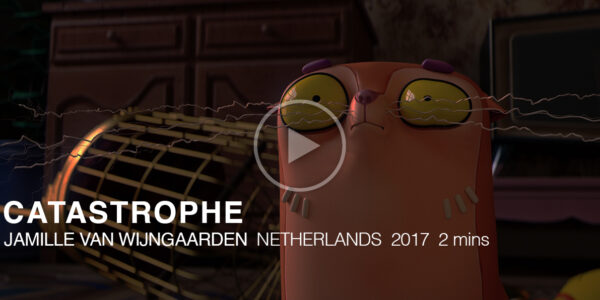
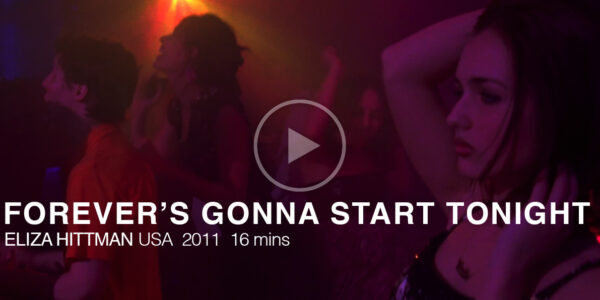
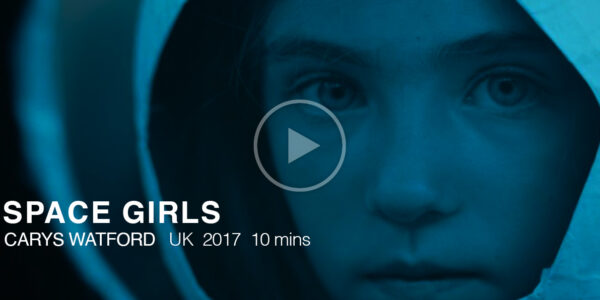
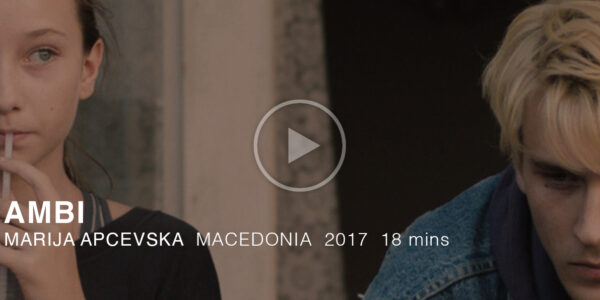
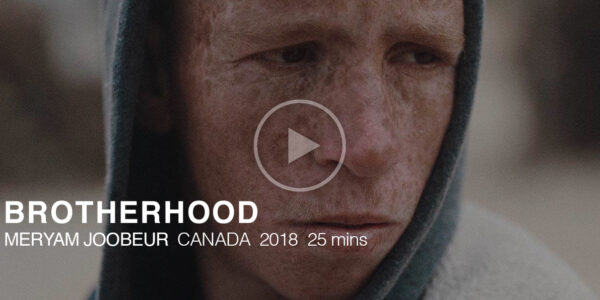





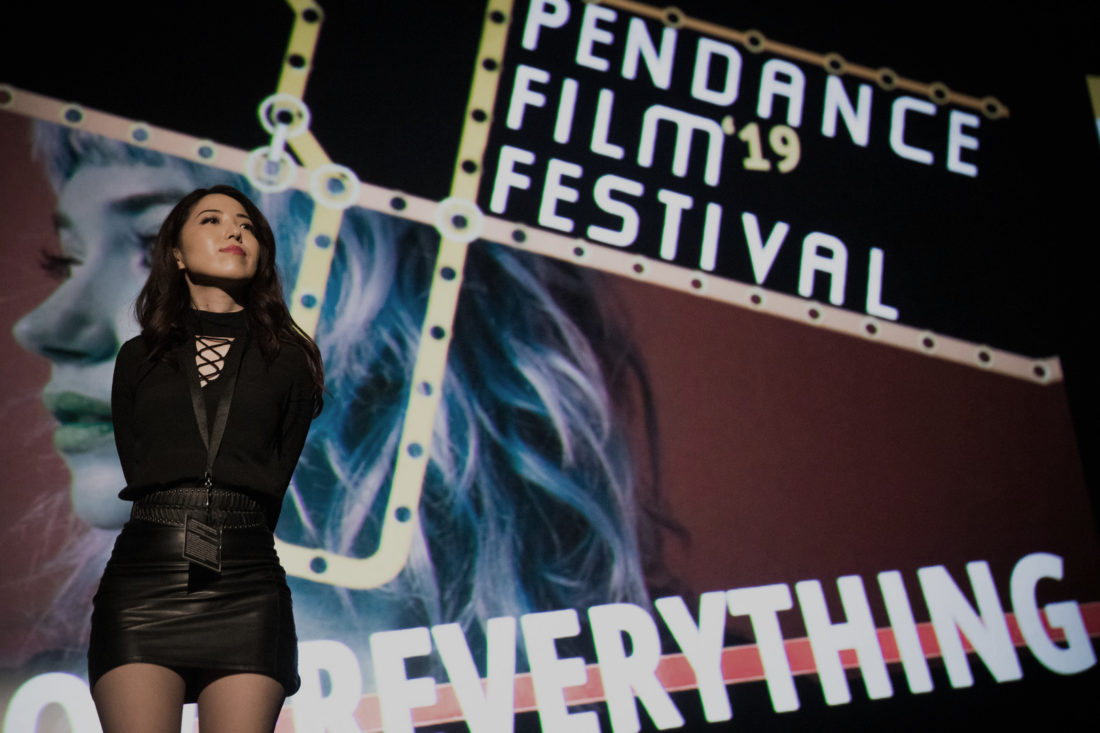
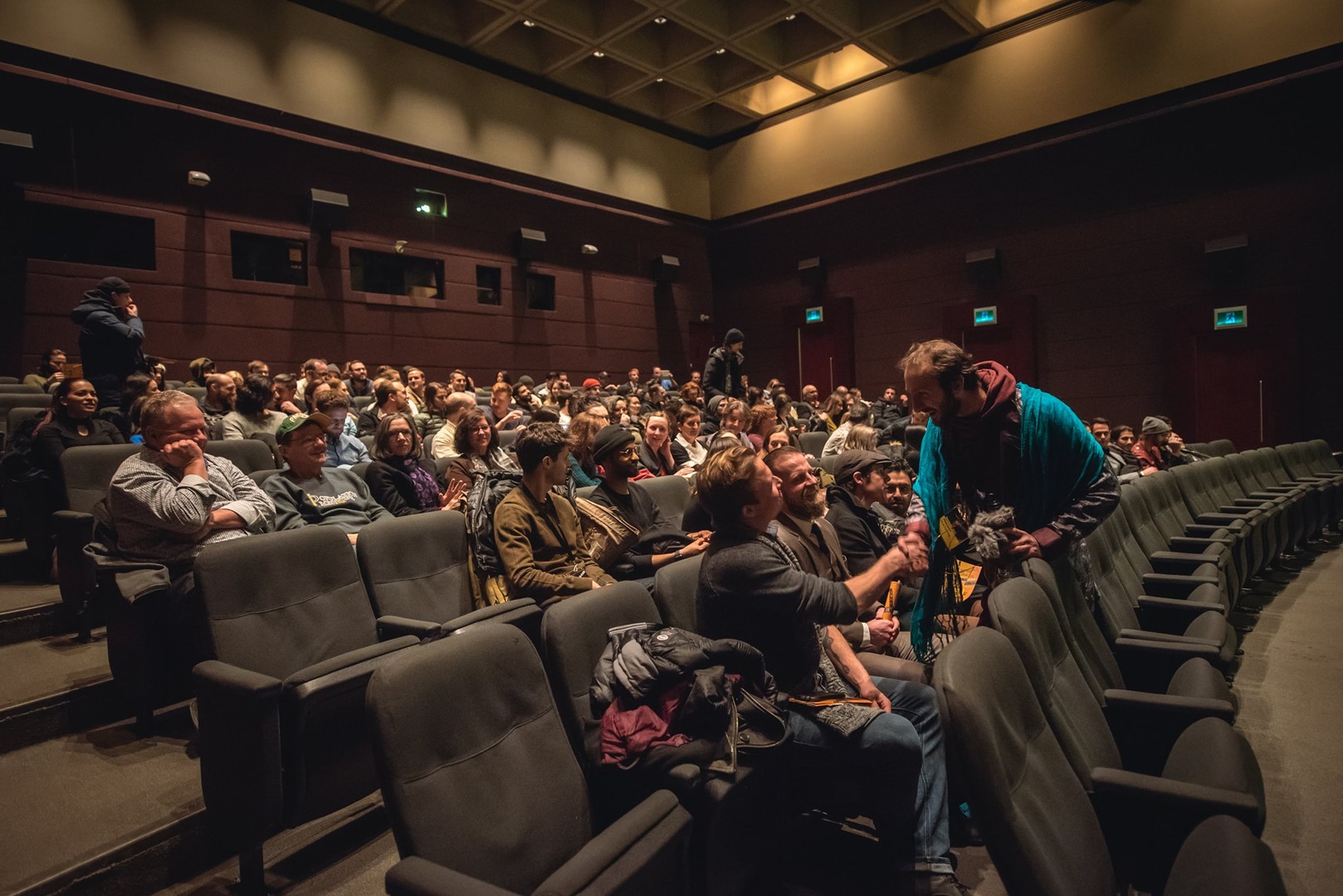 How you Watch
How you Watch